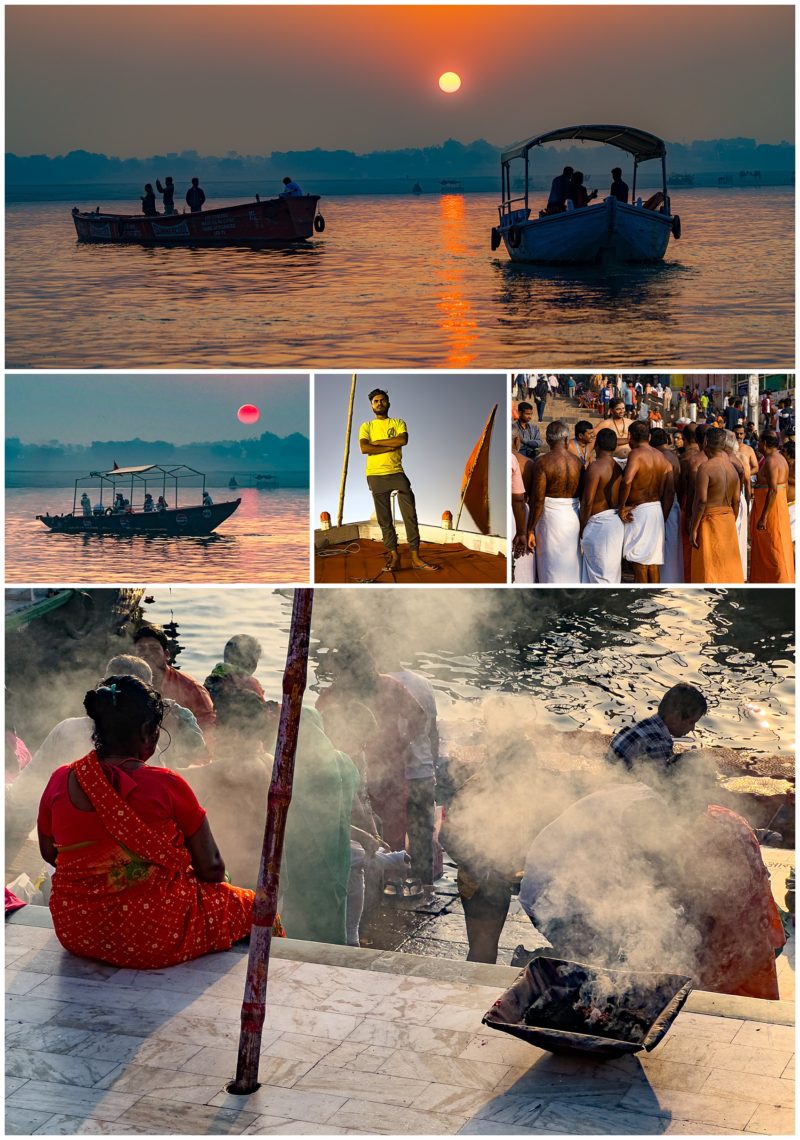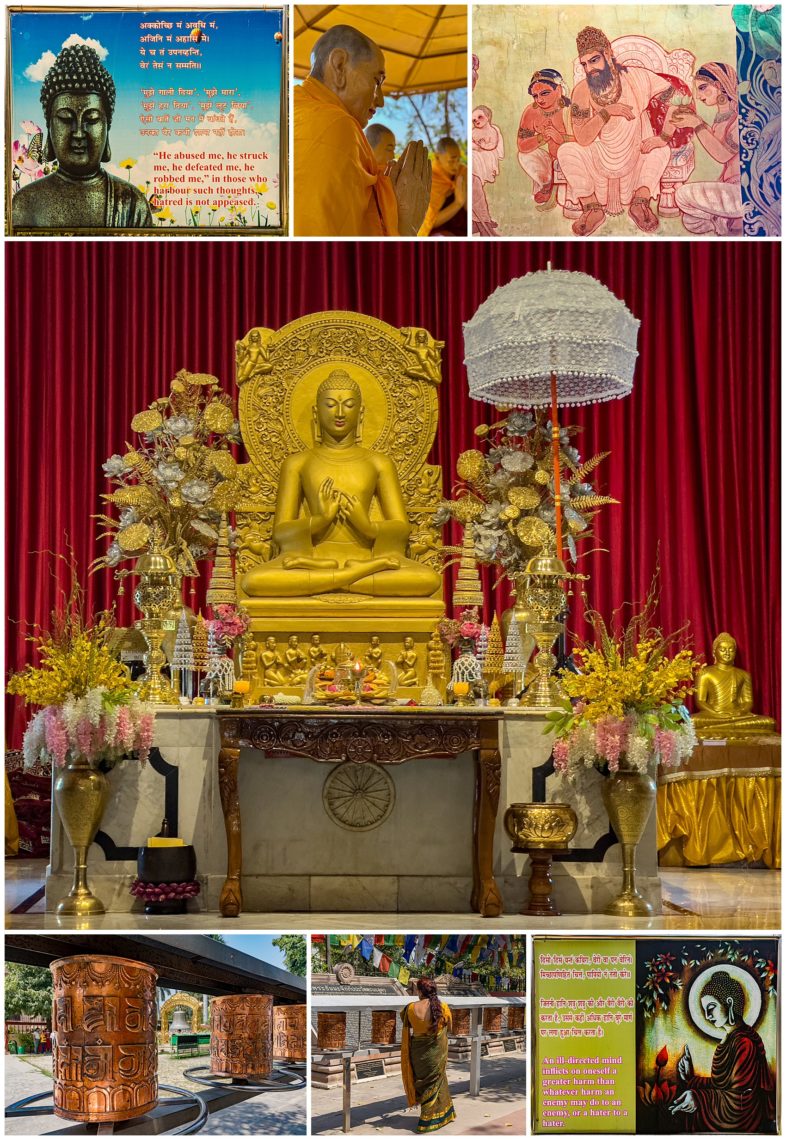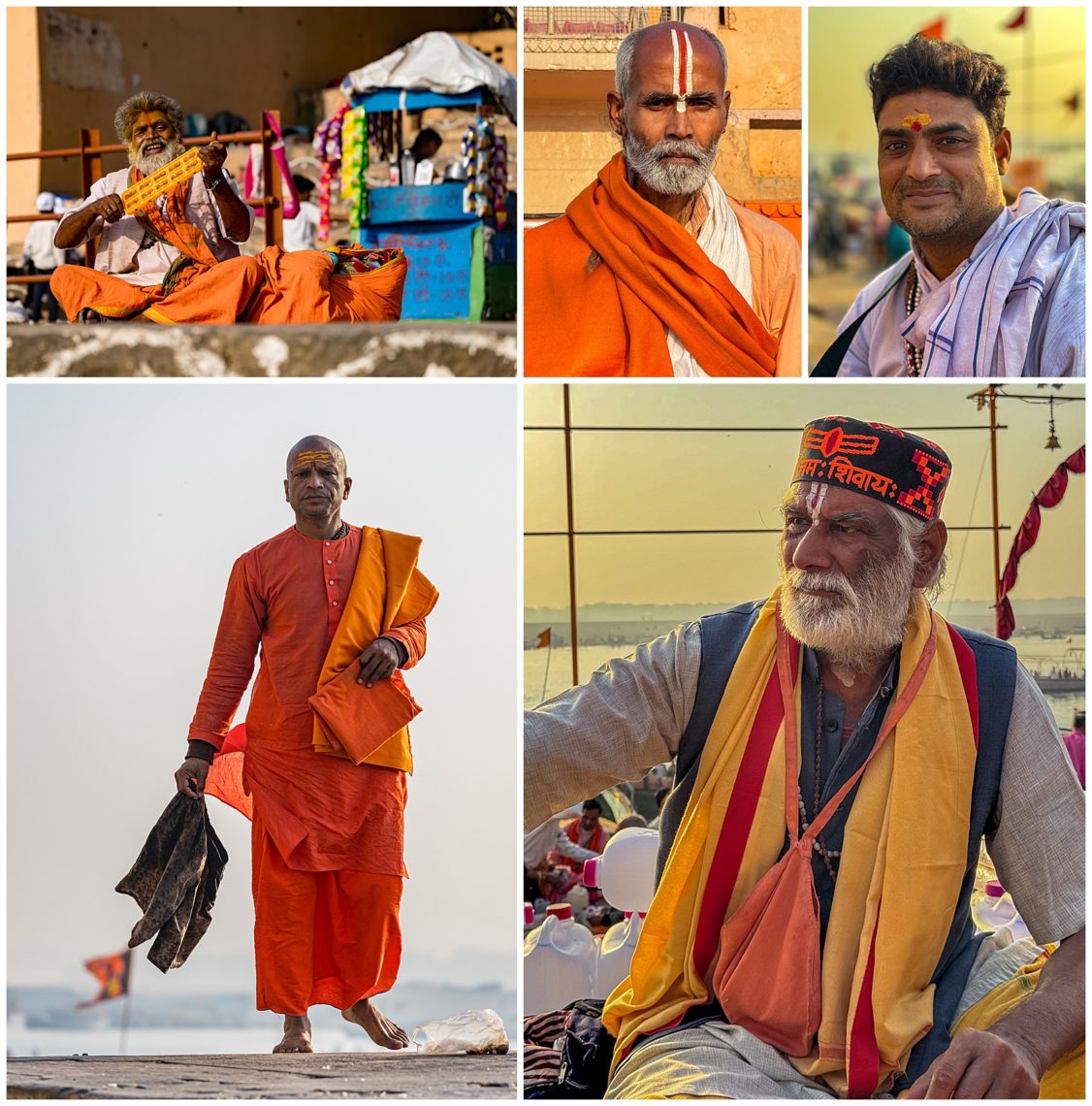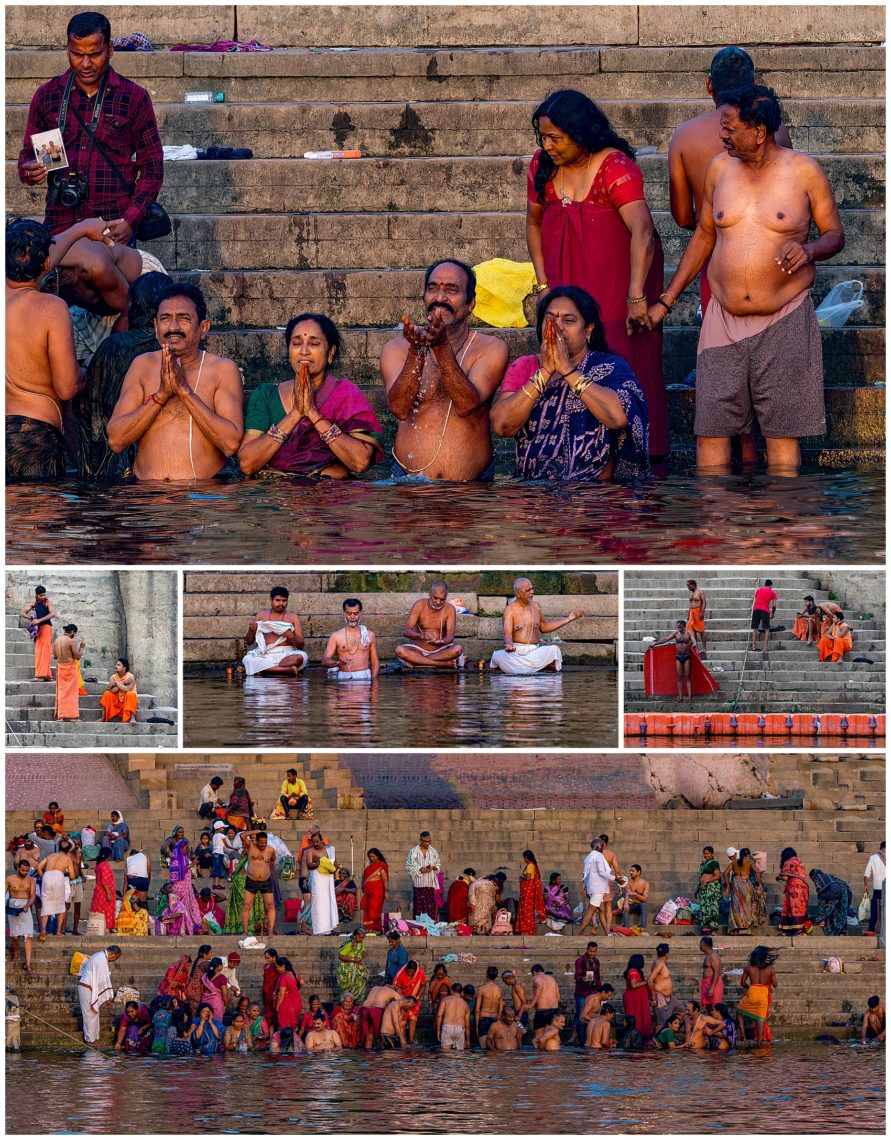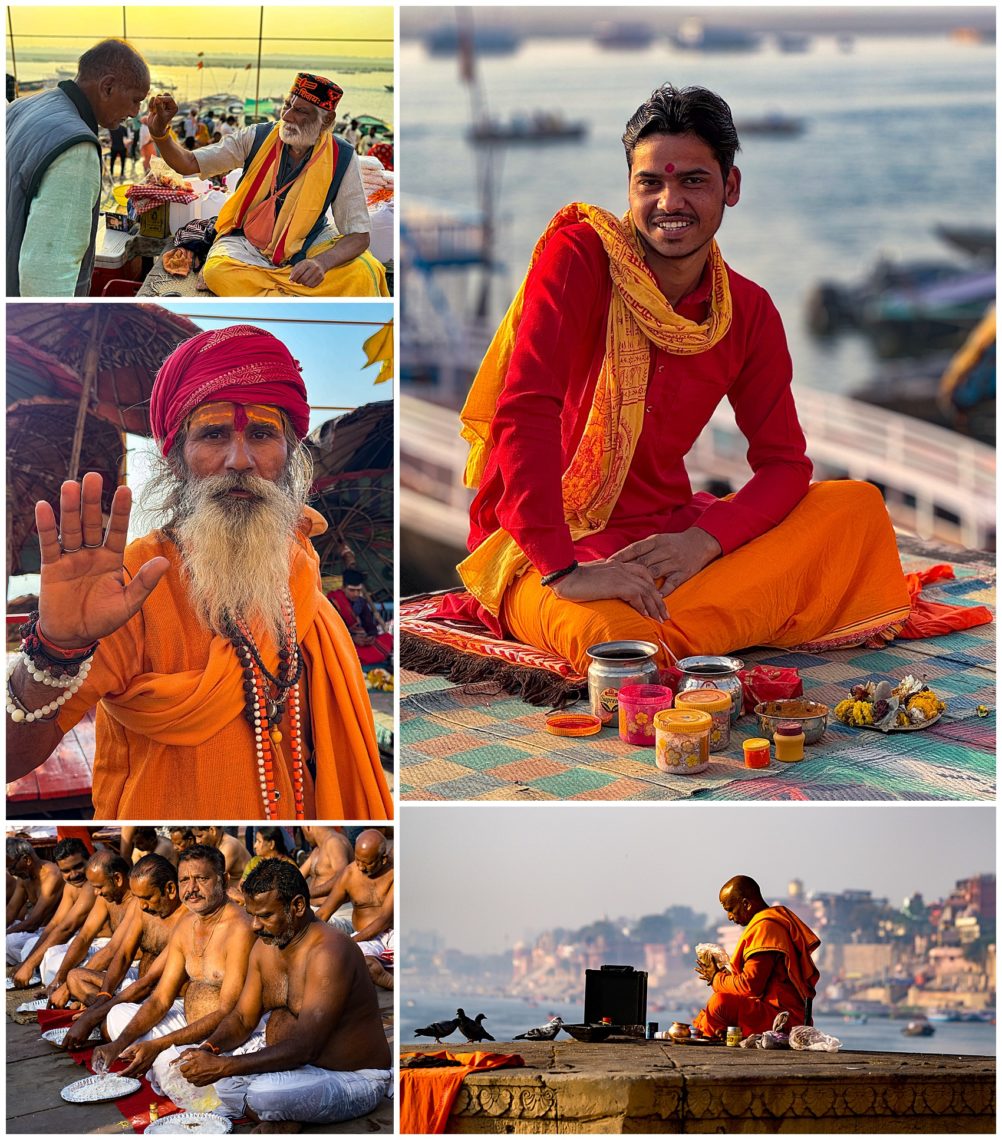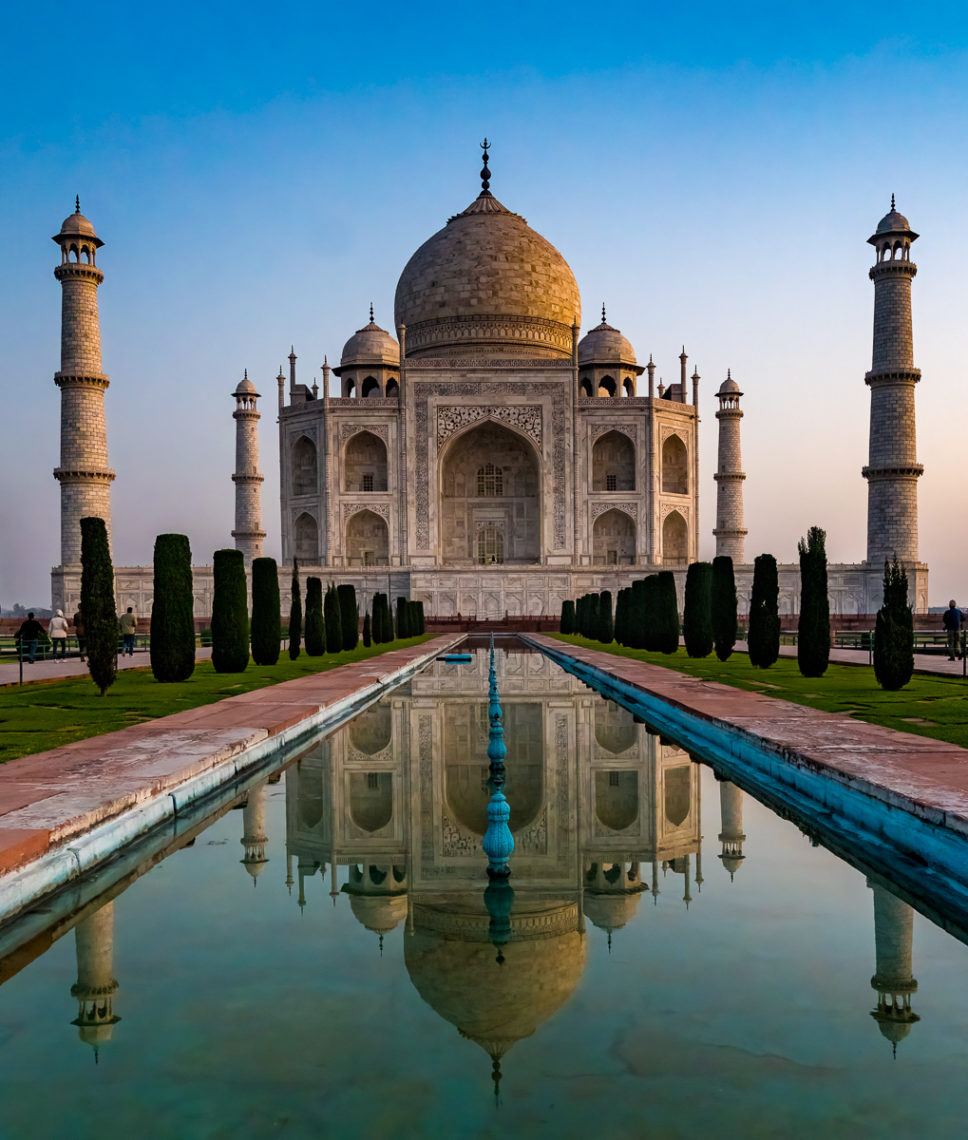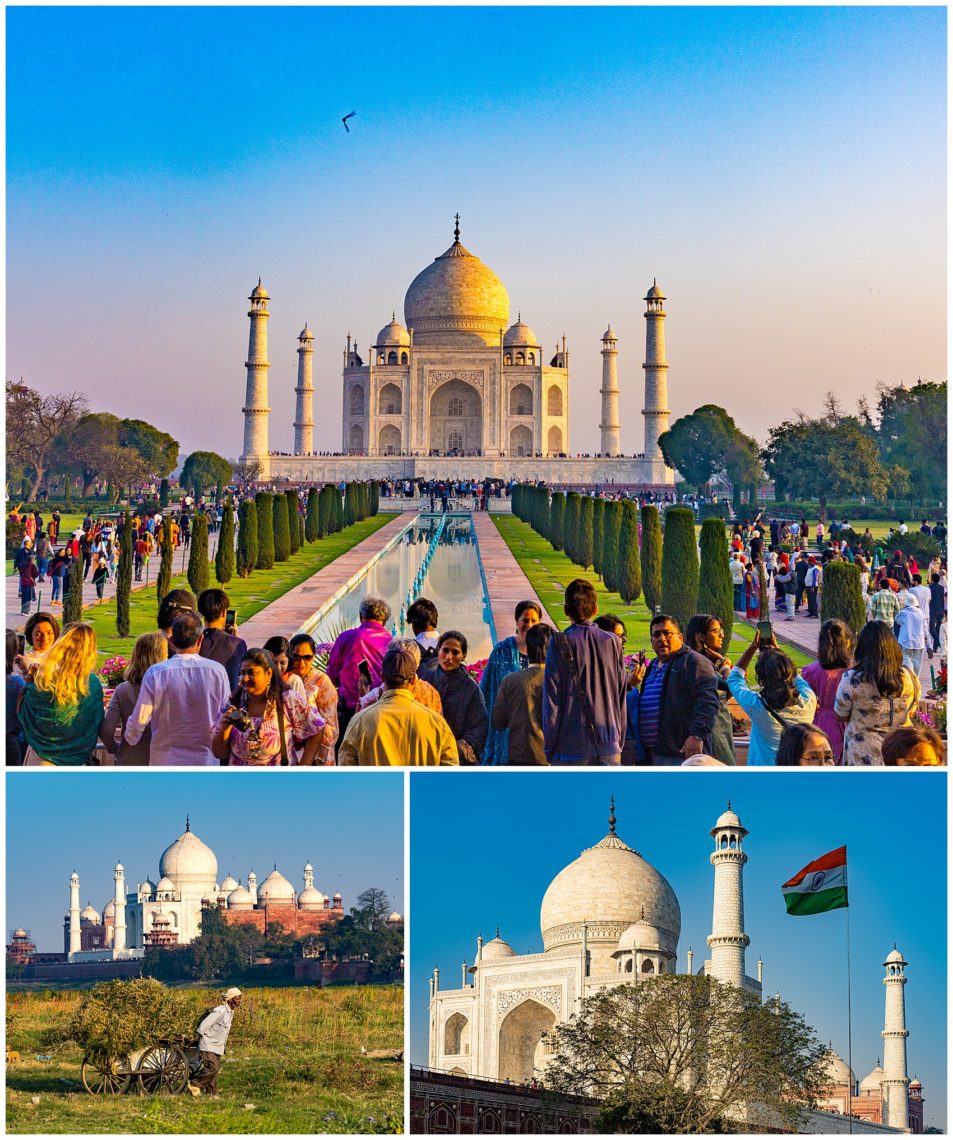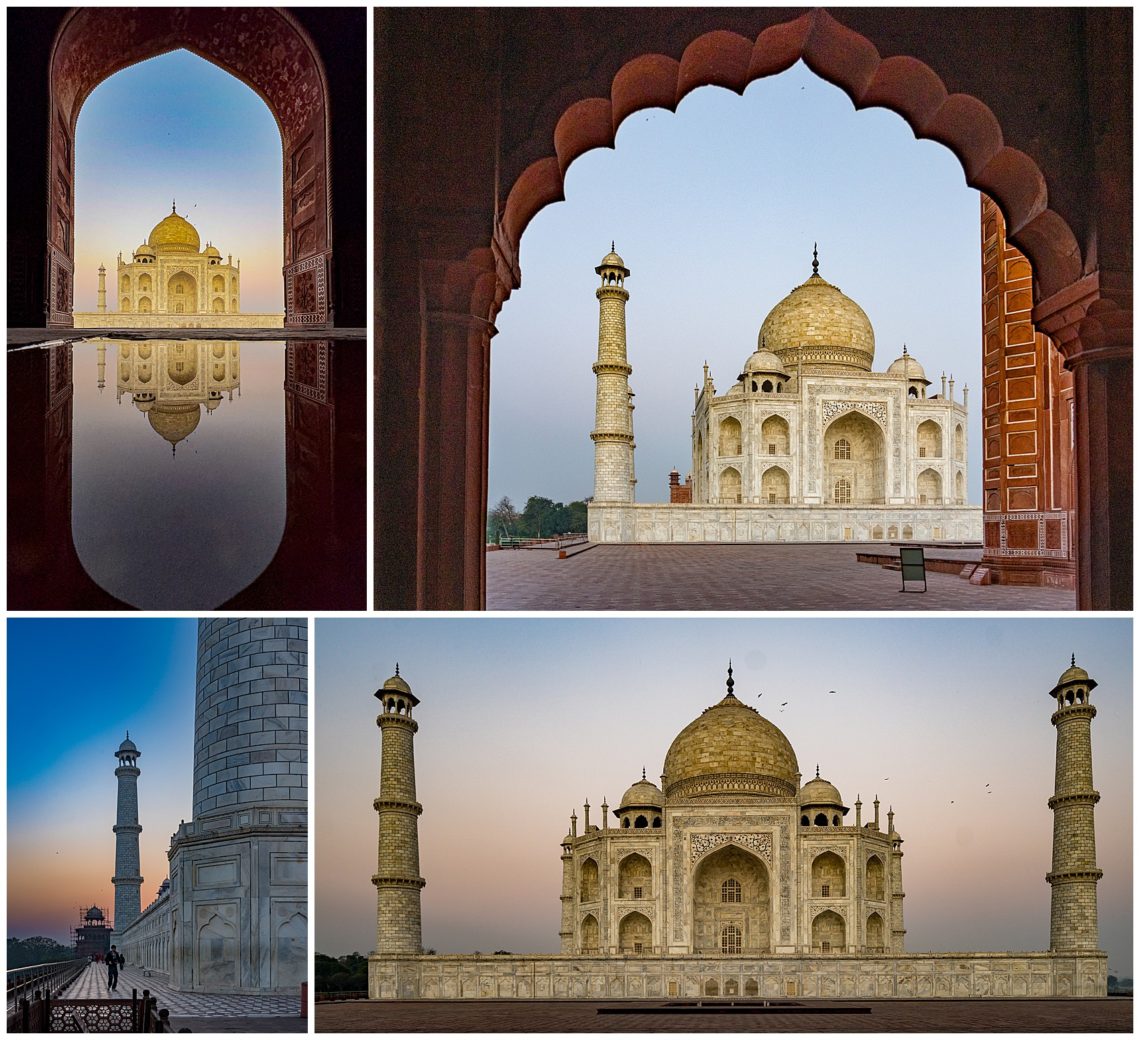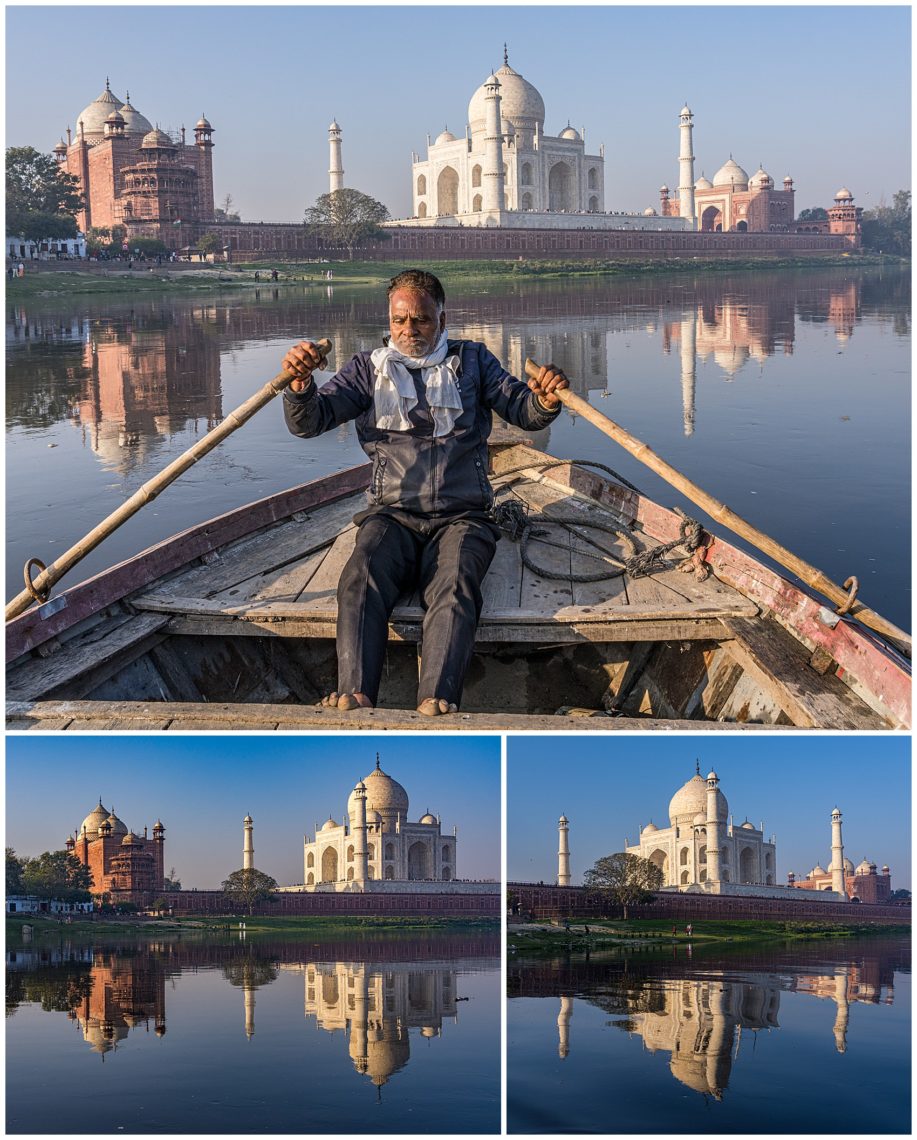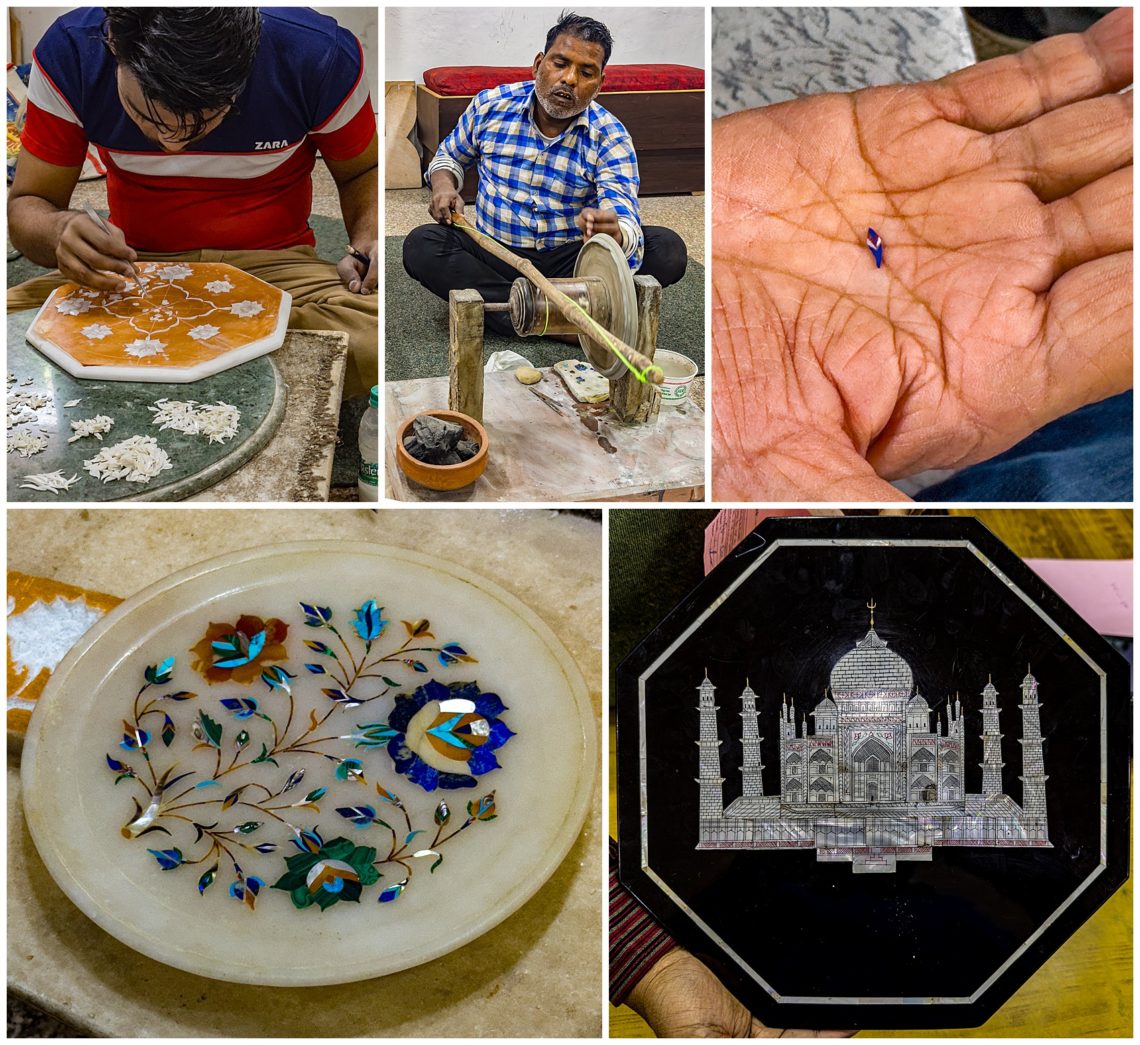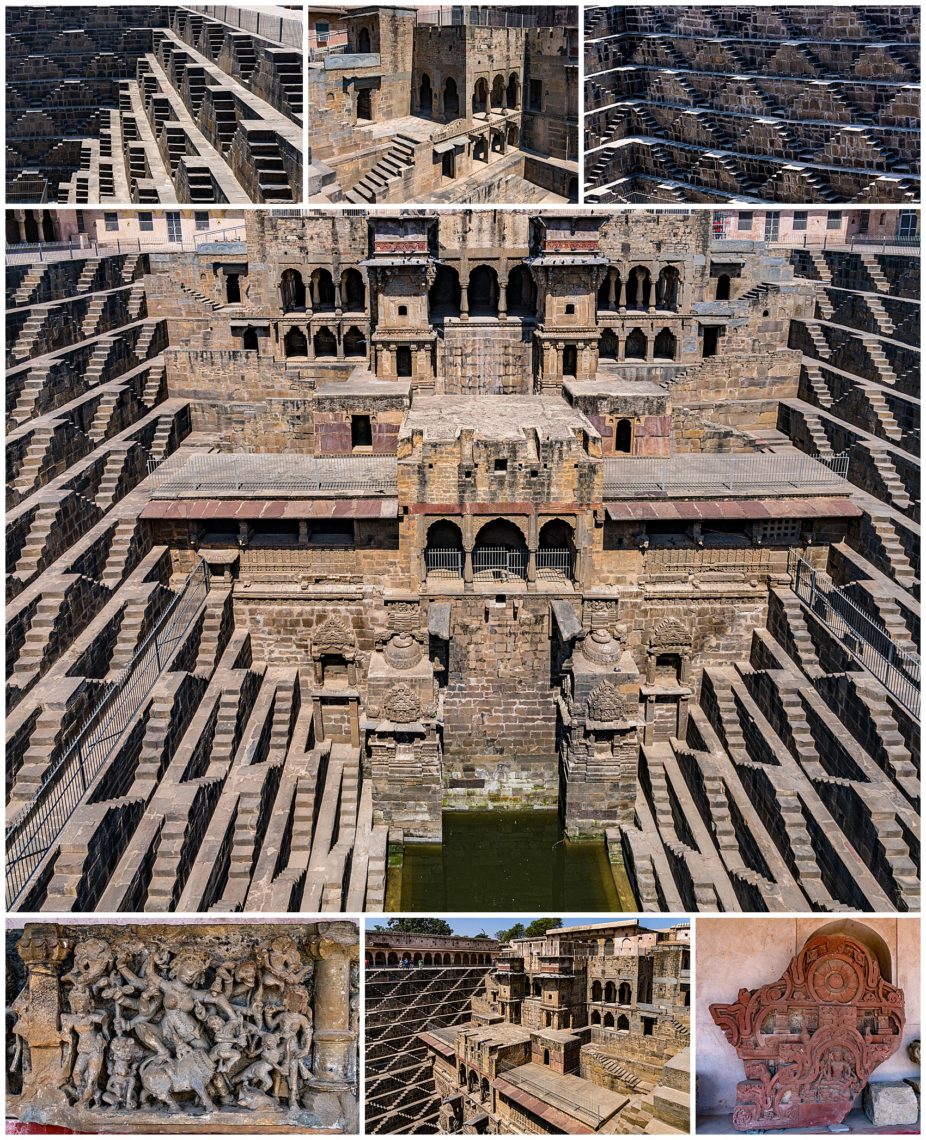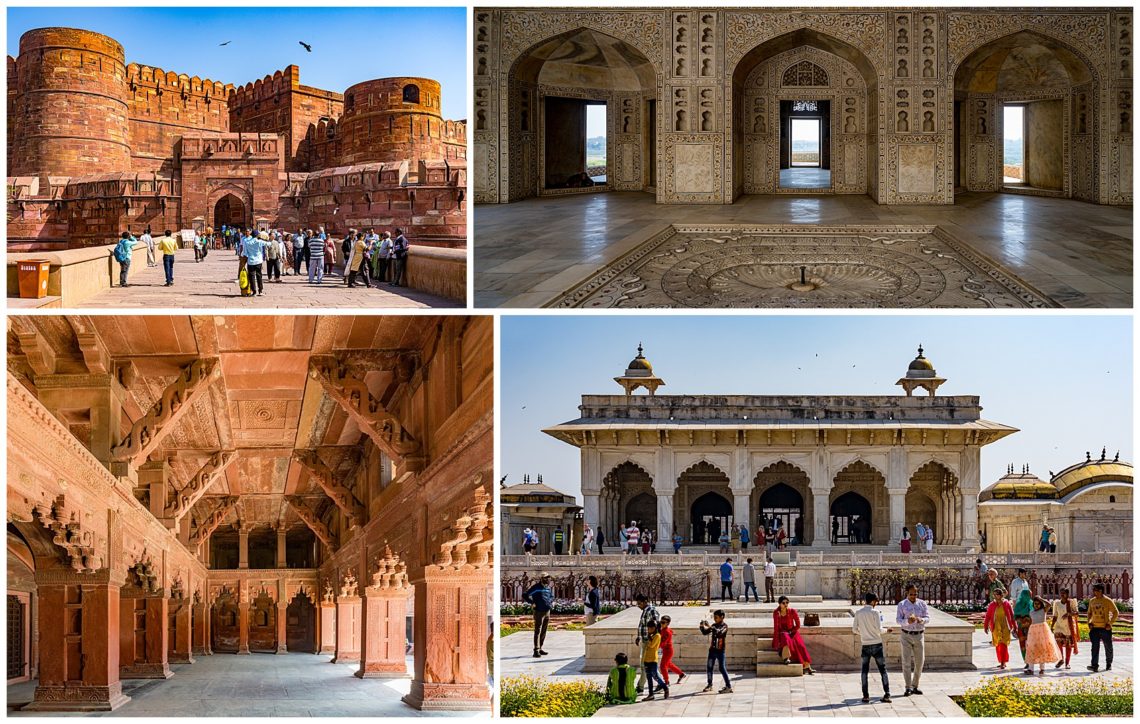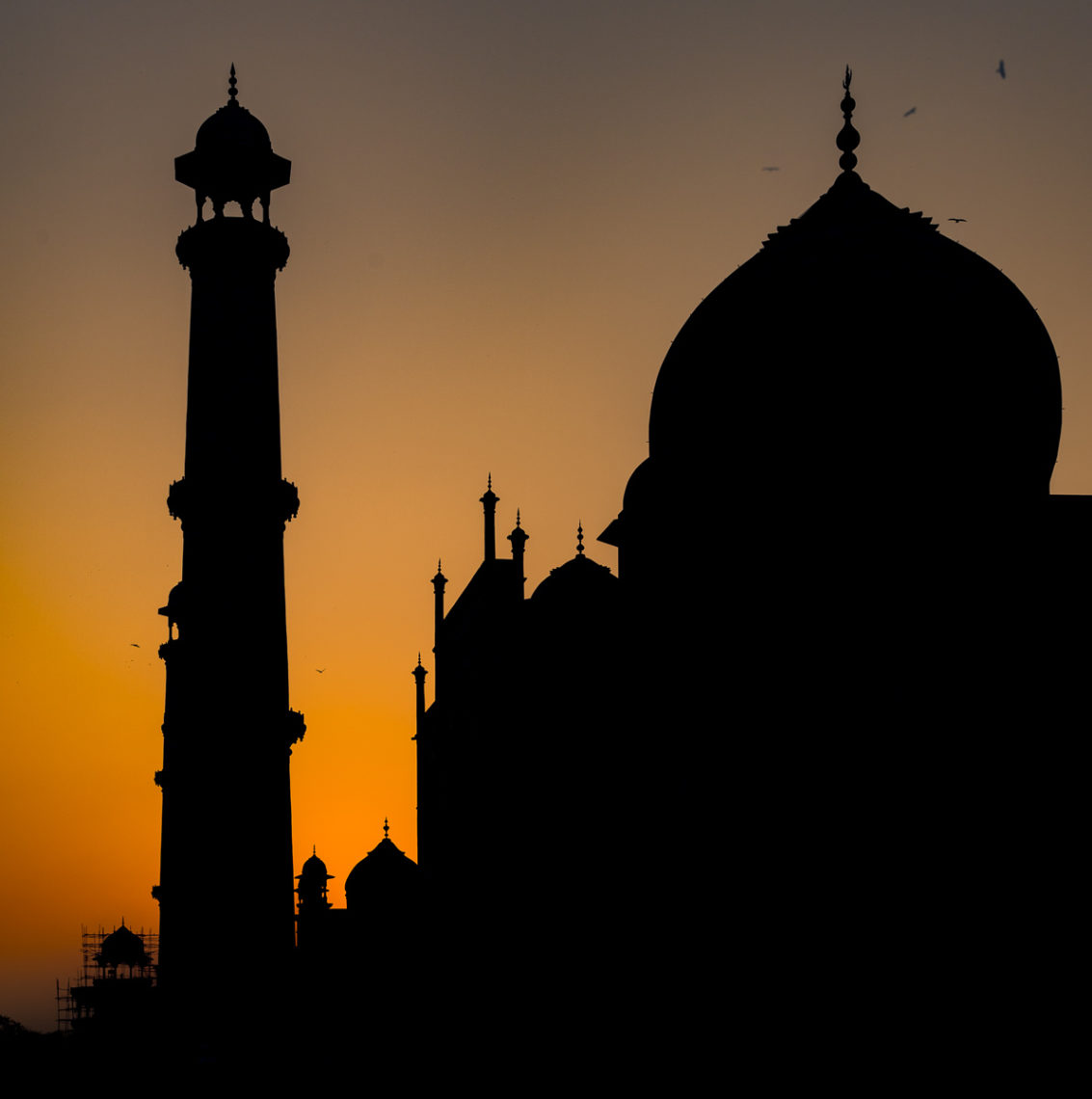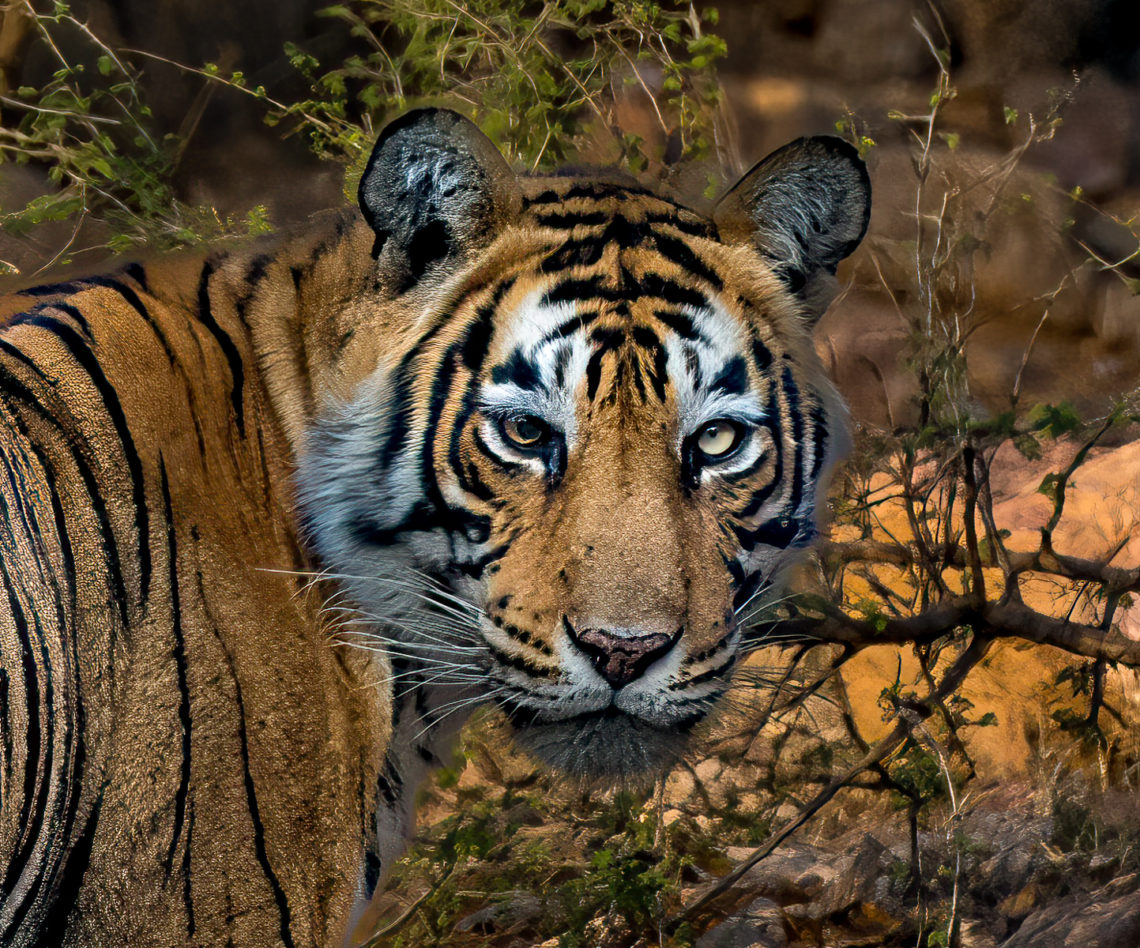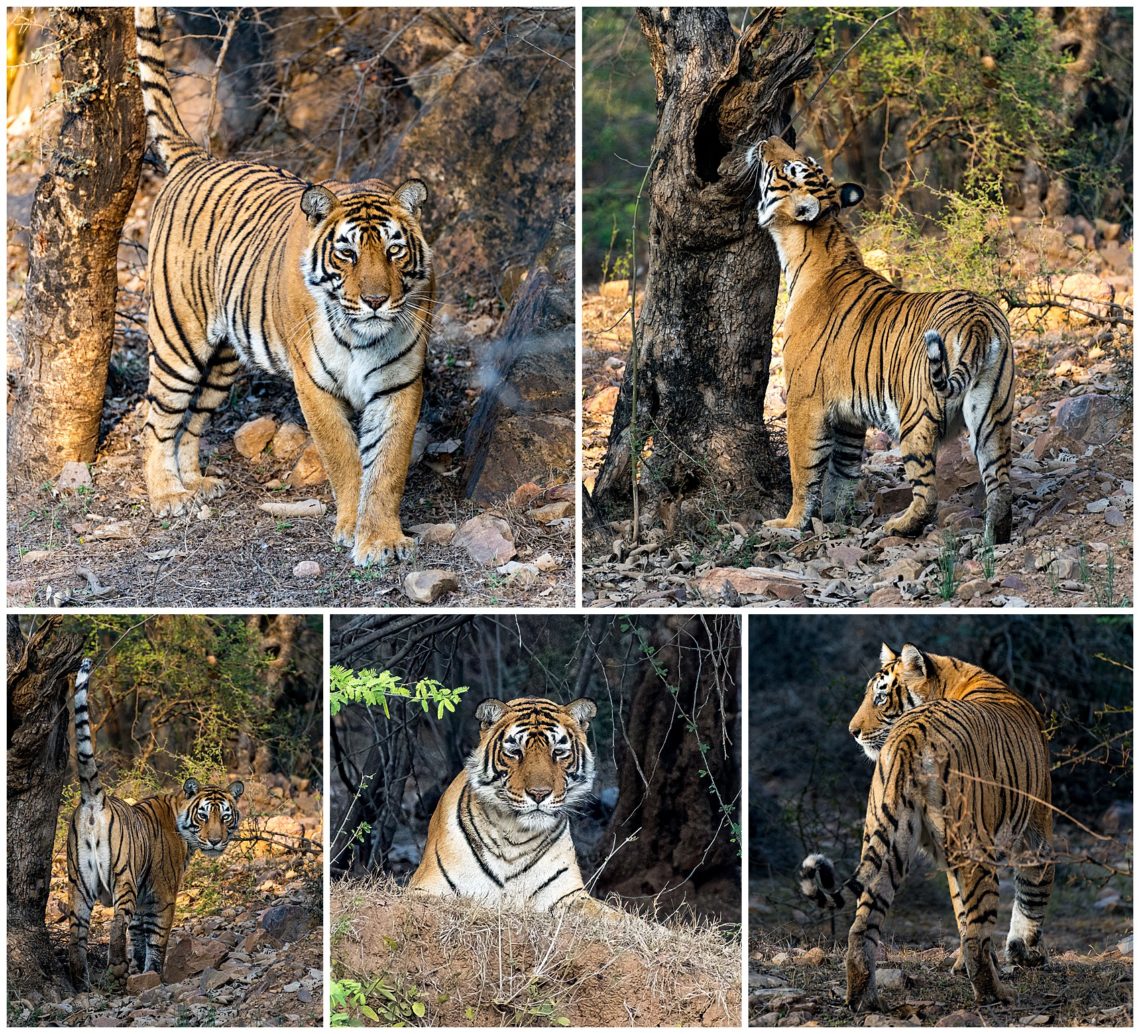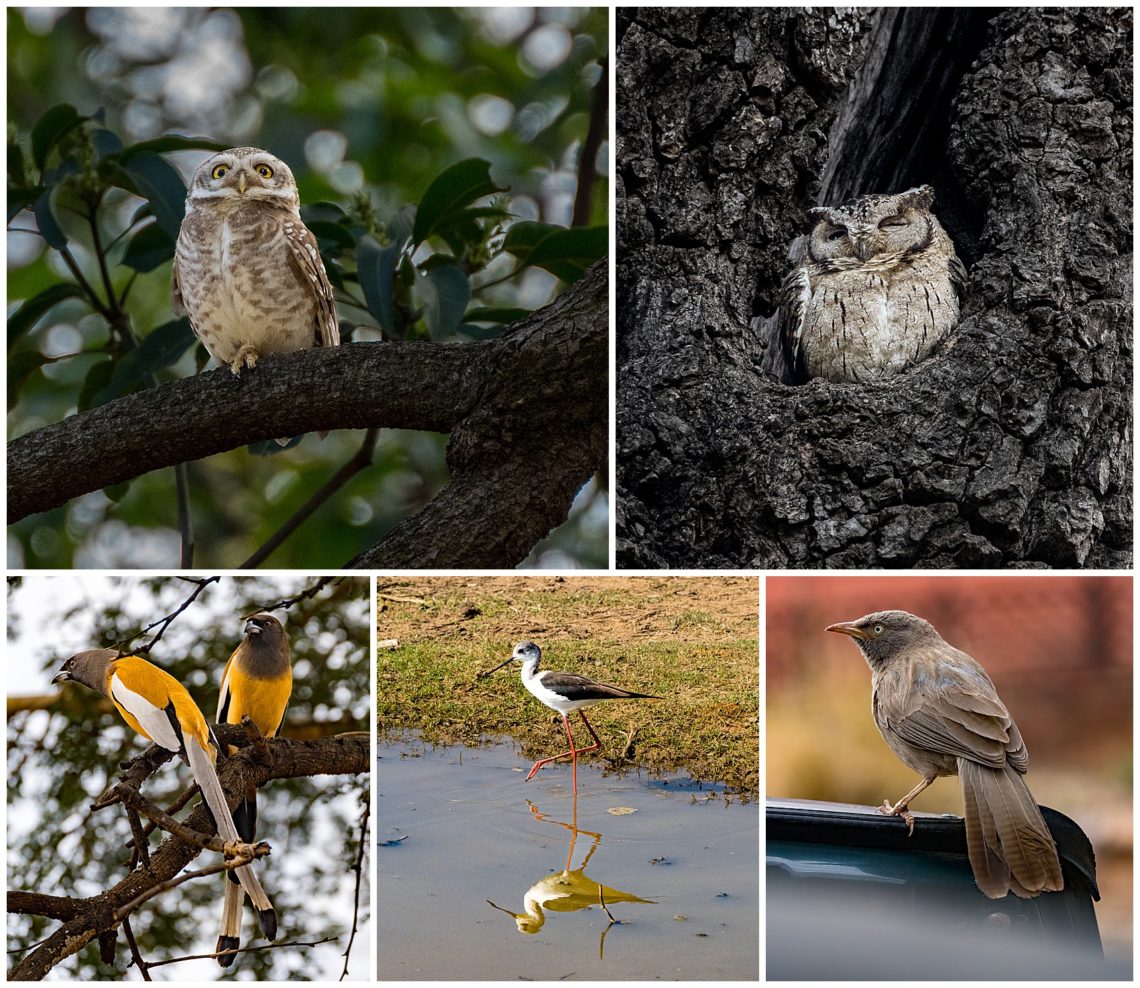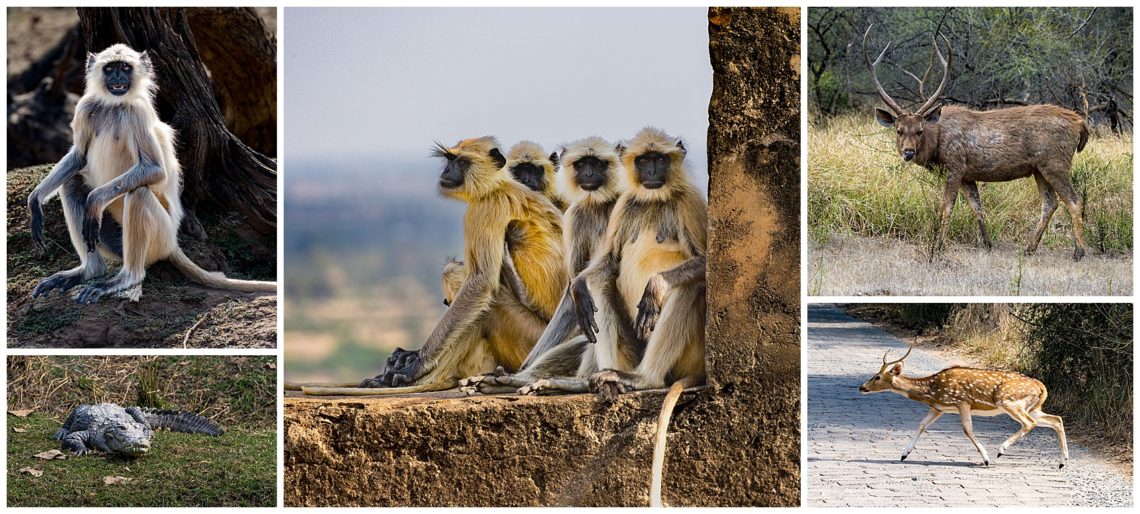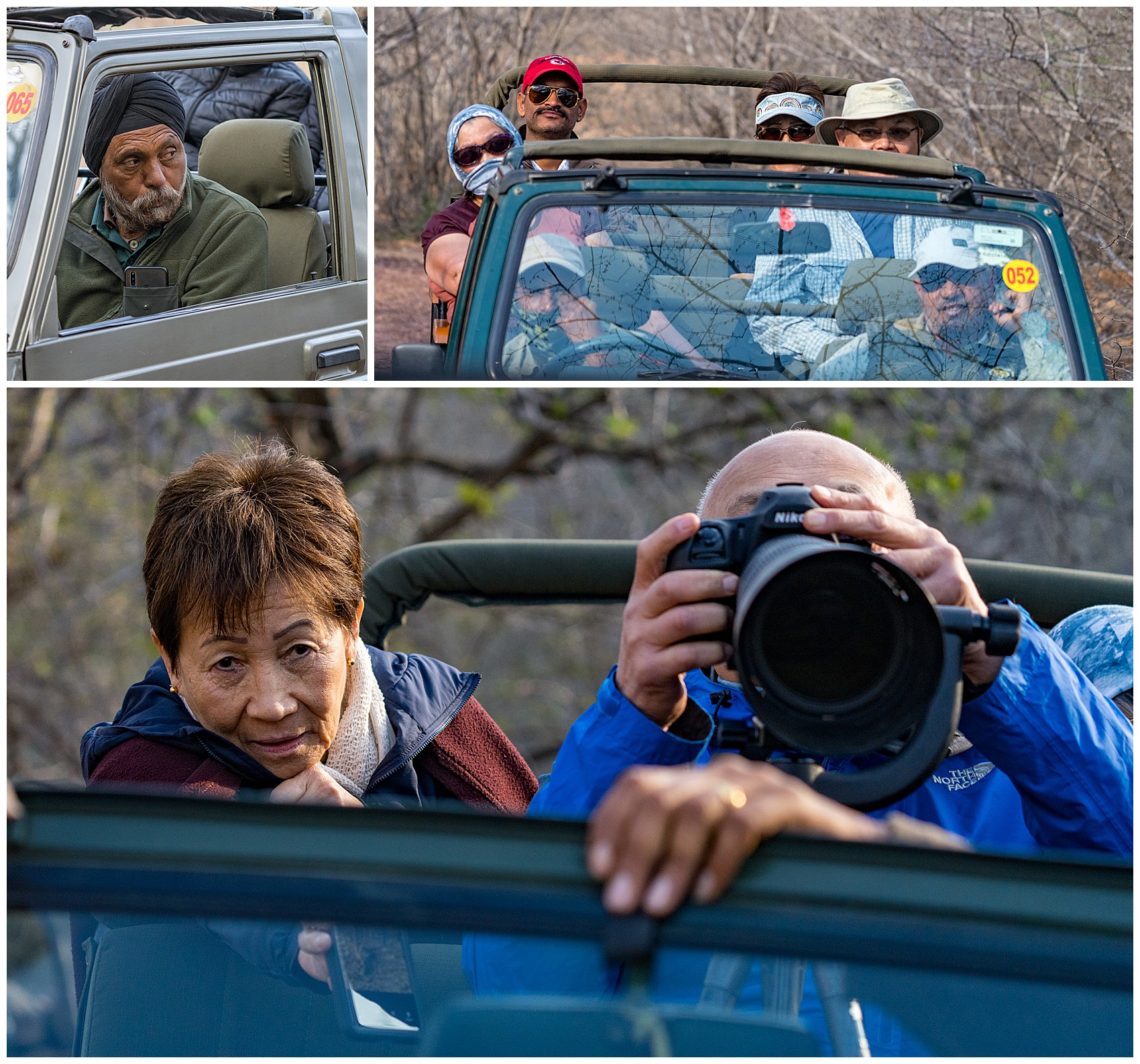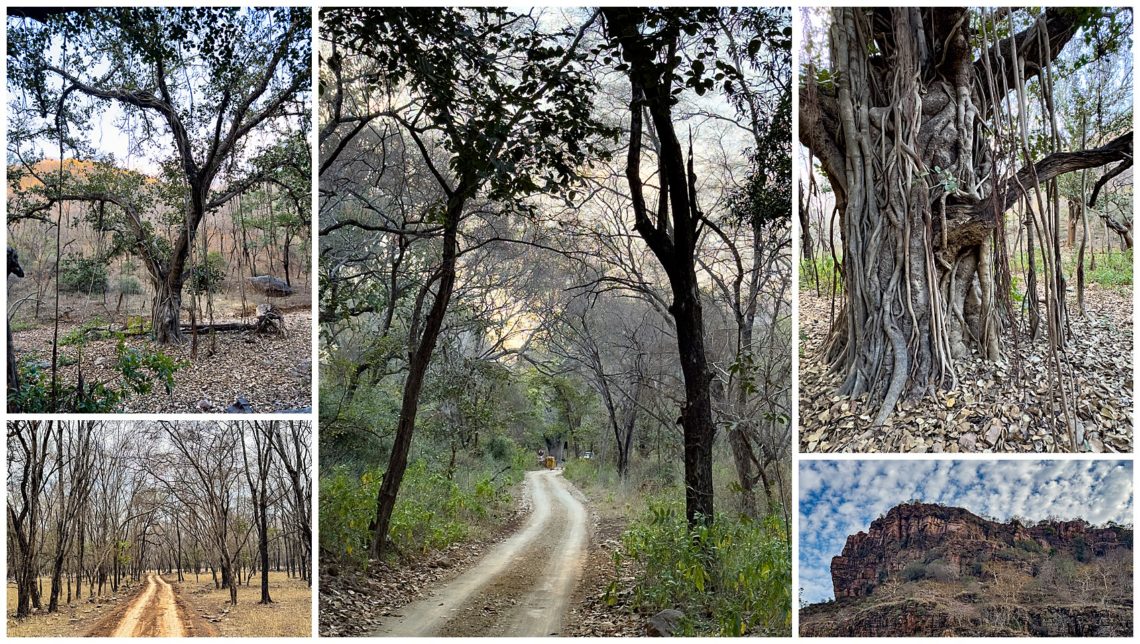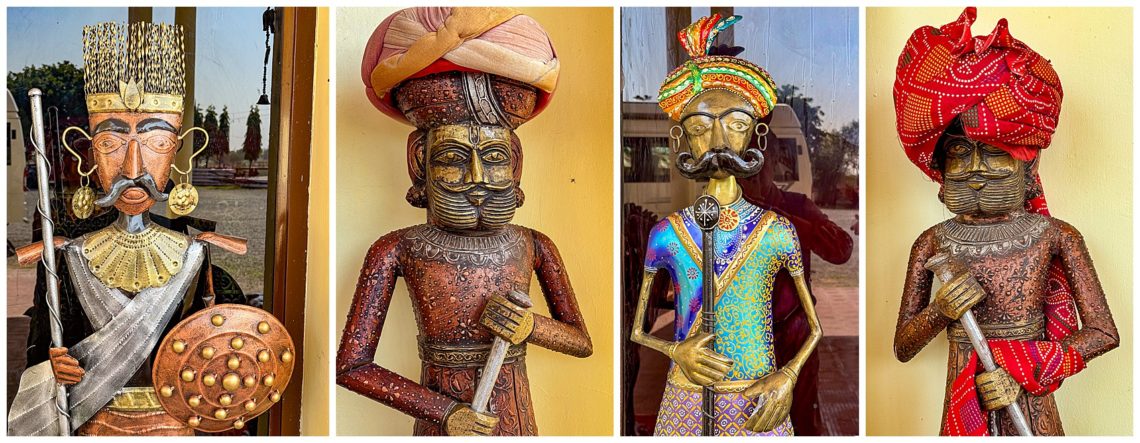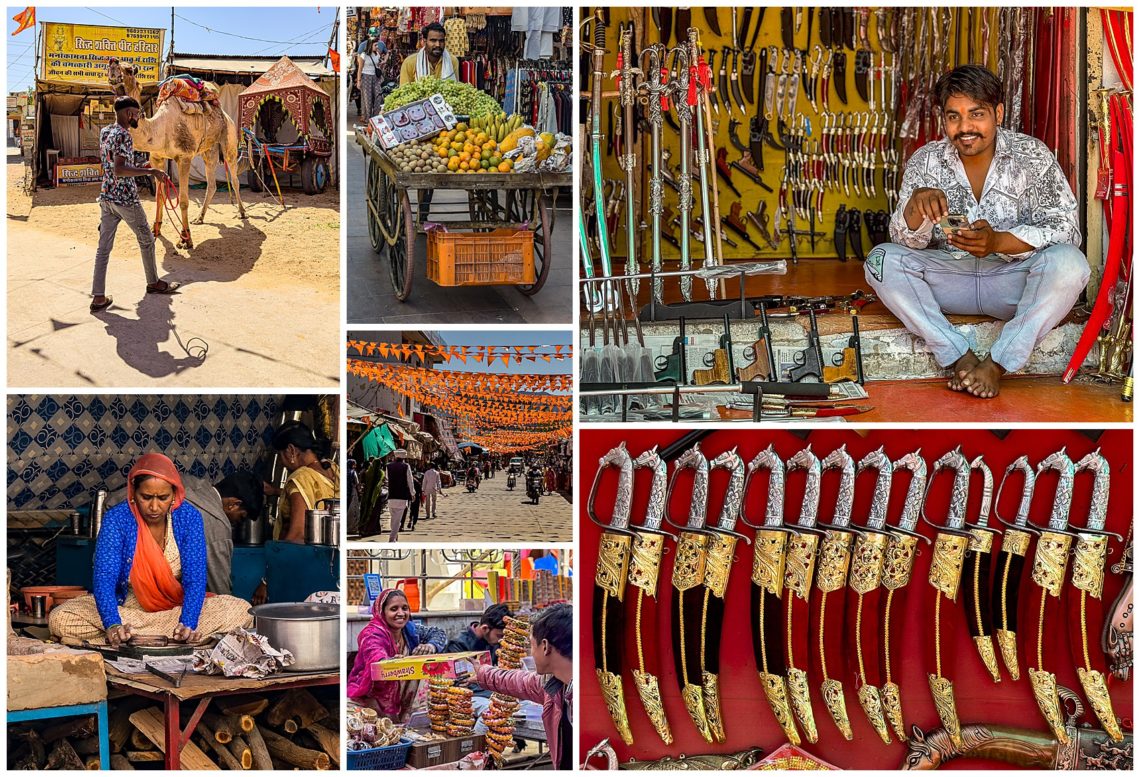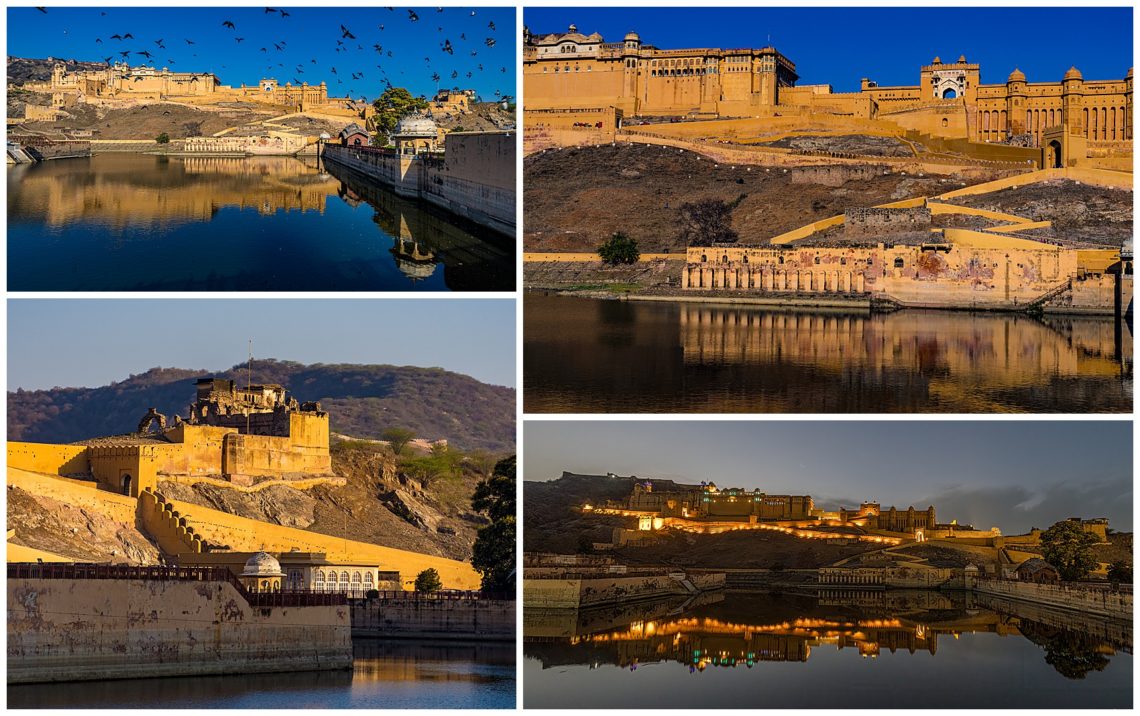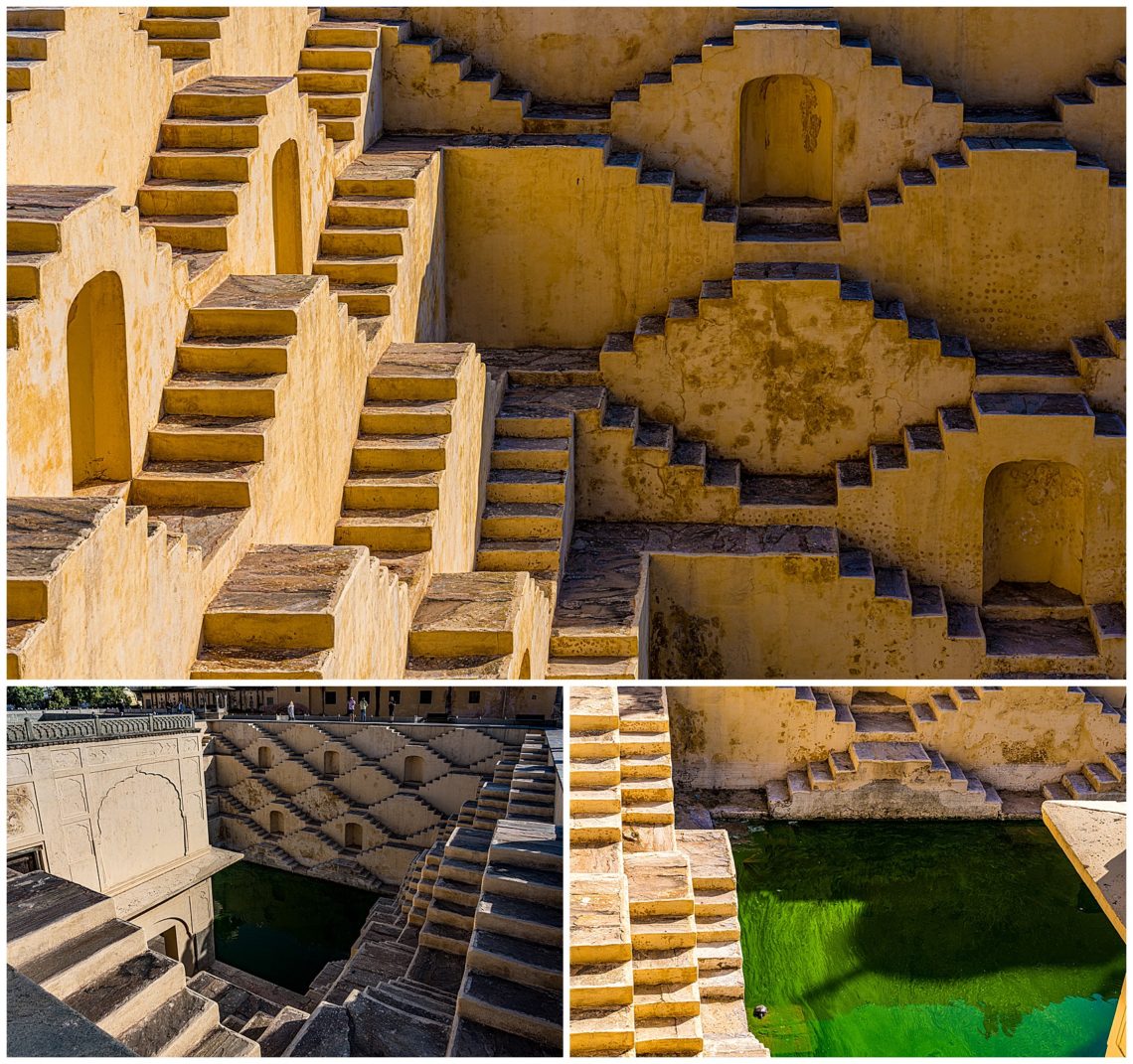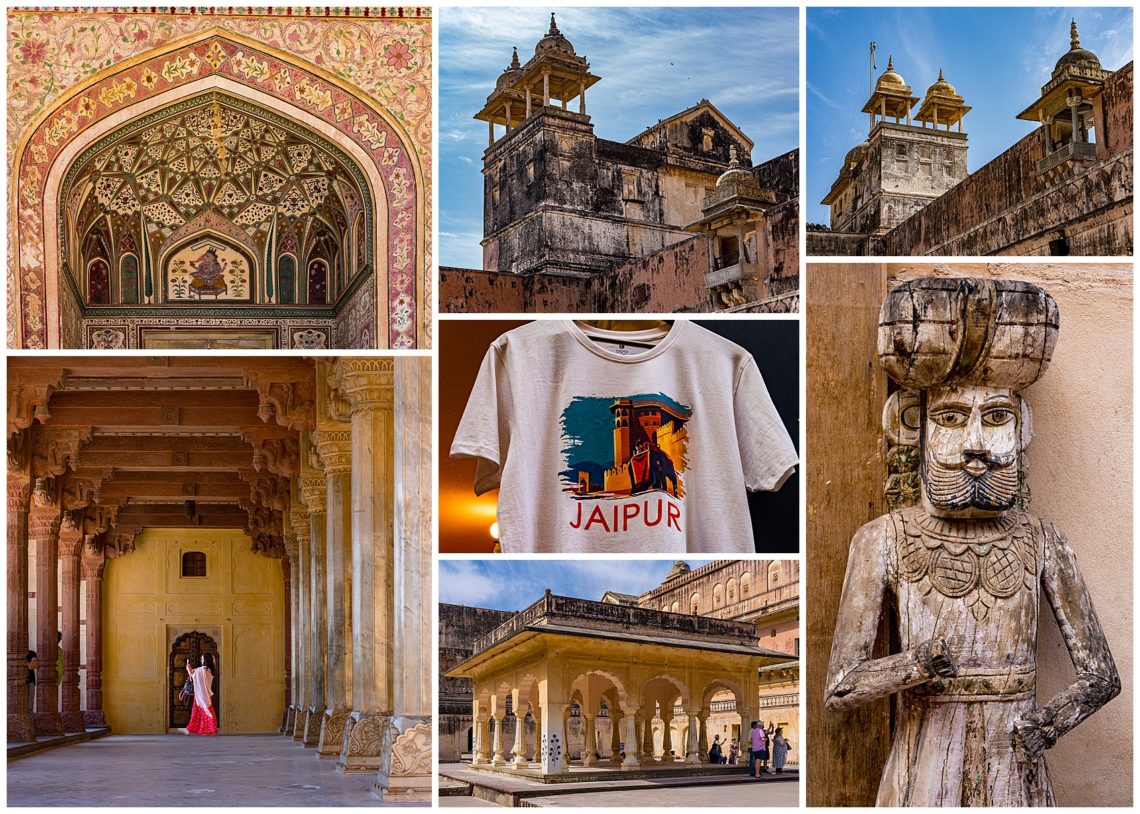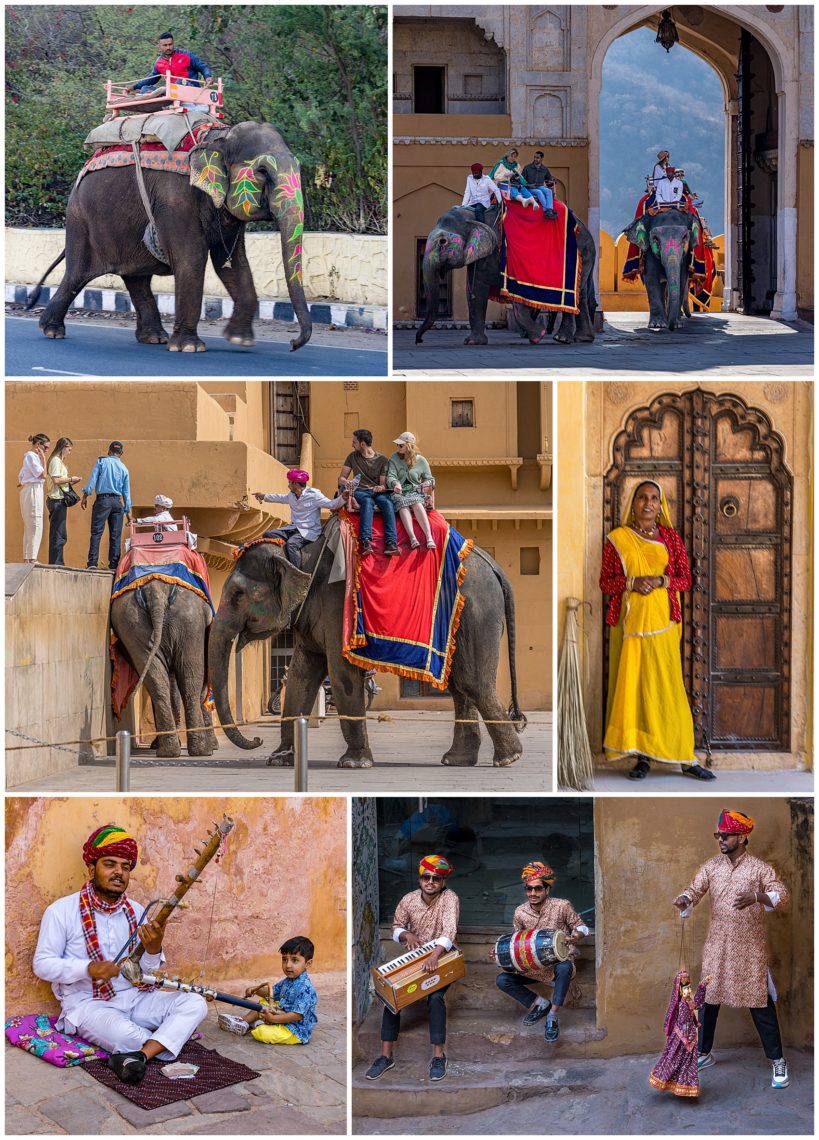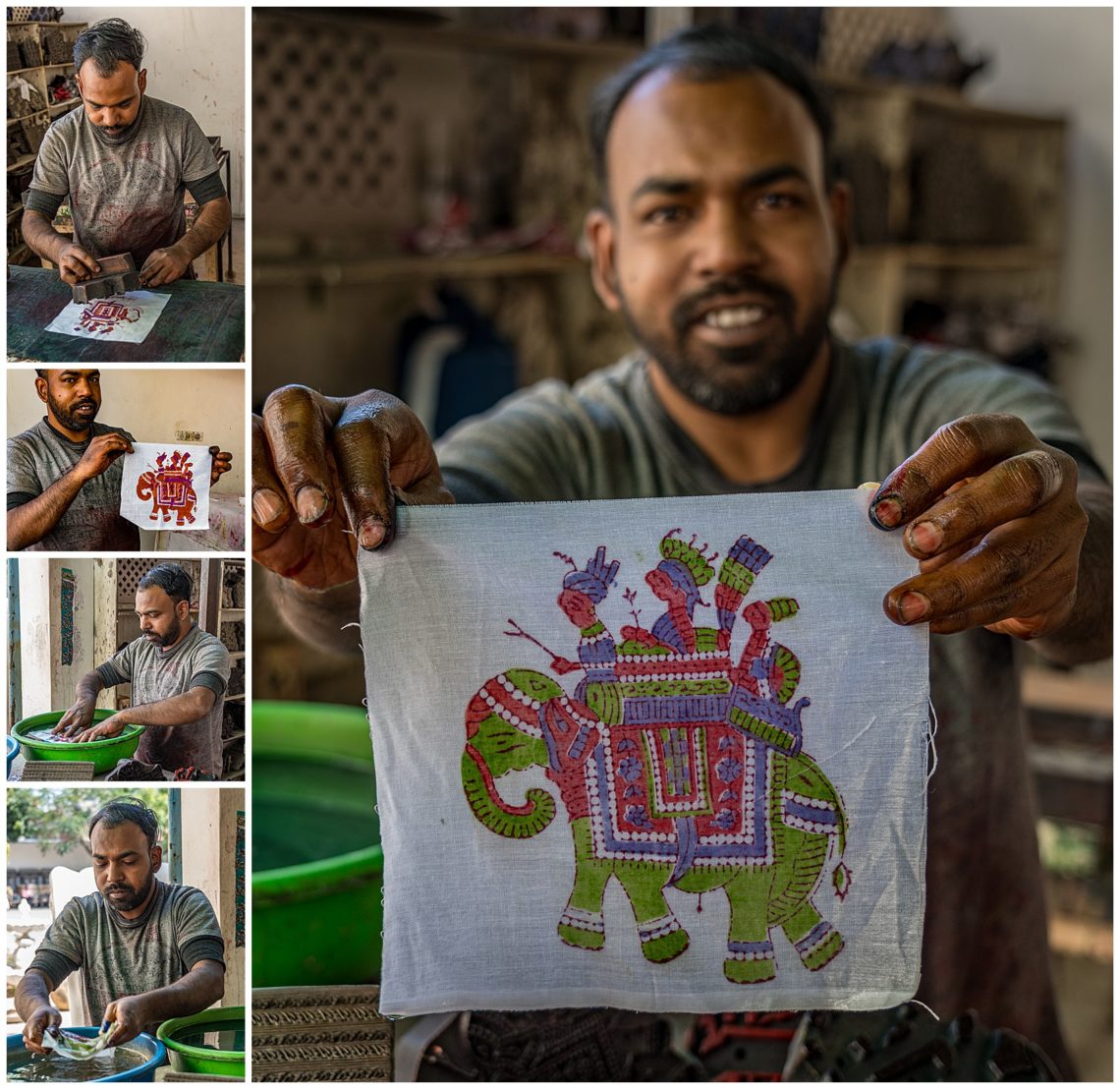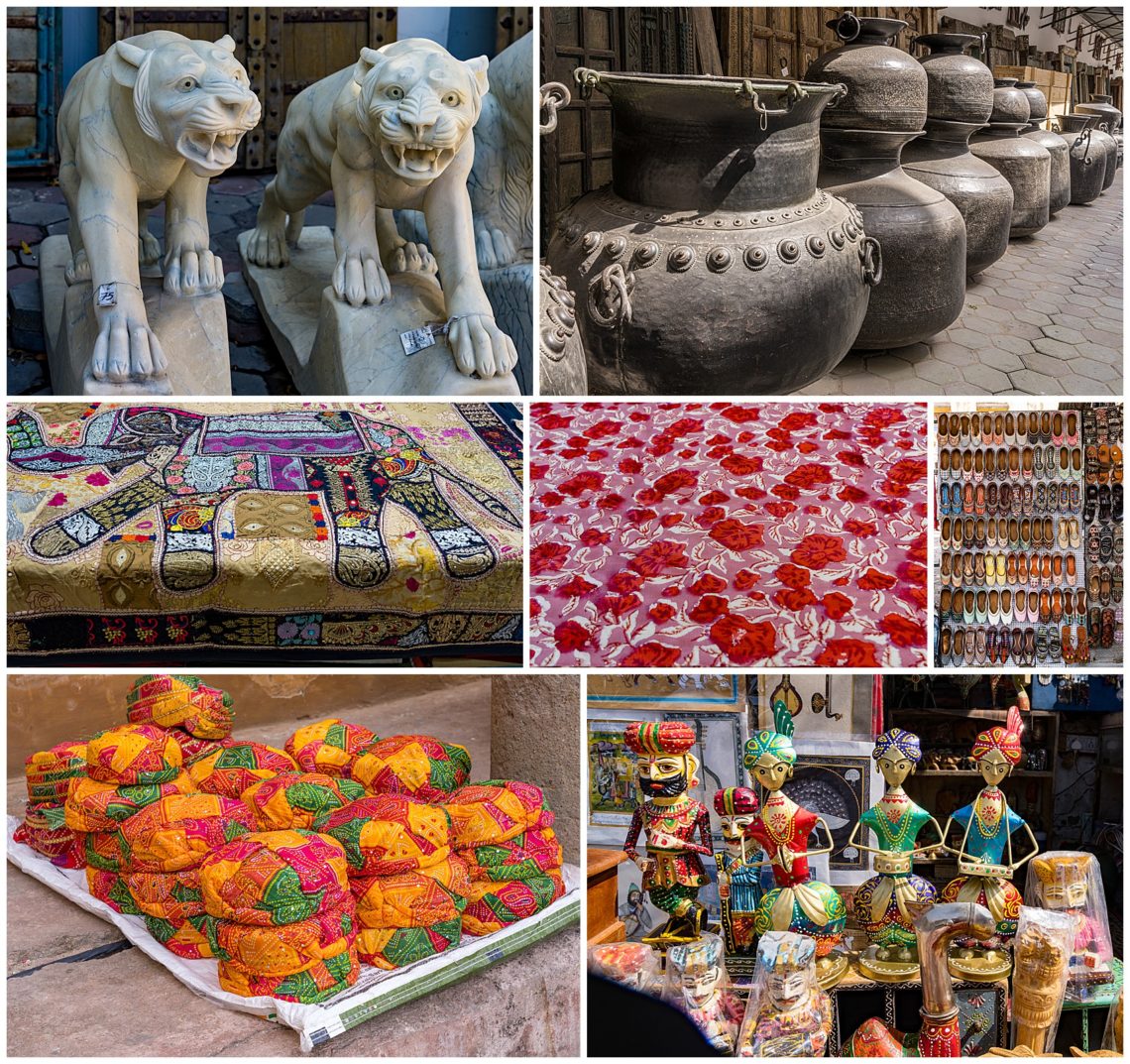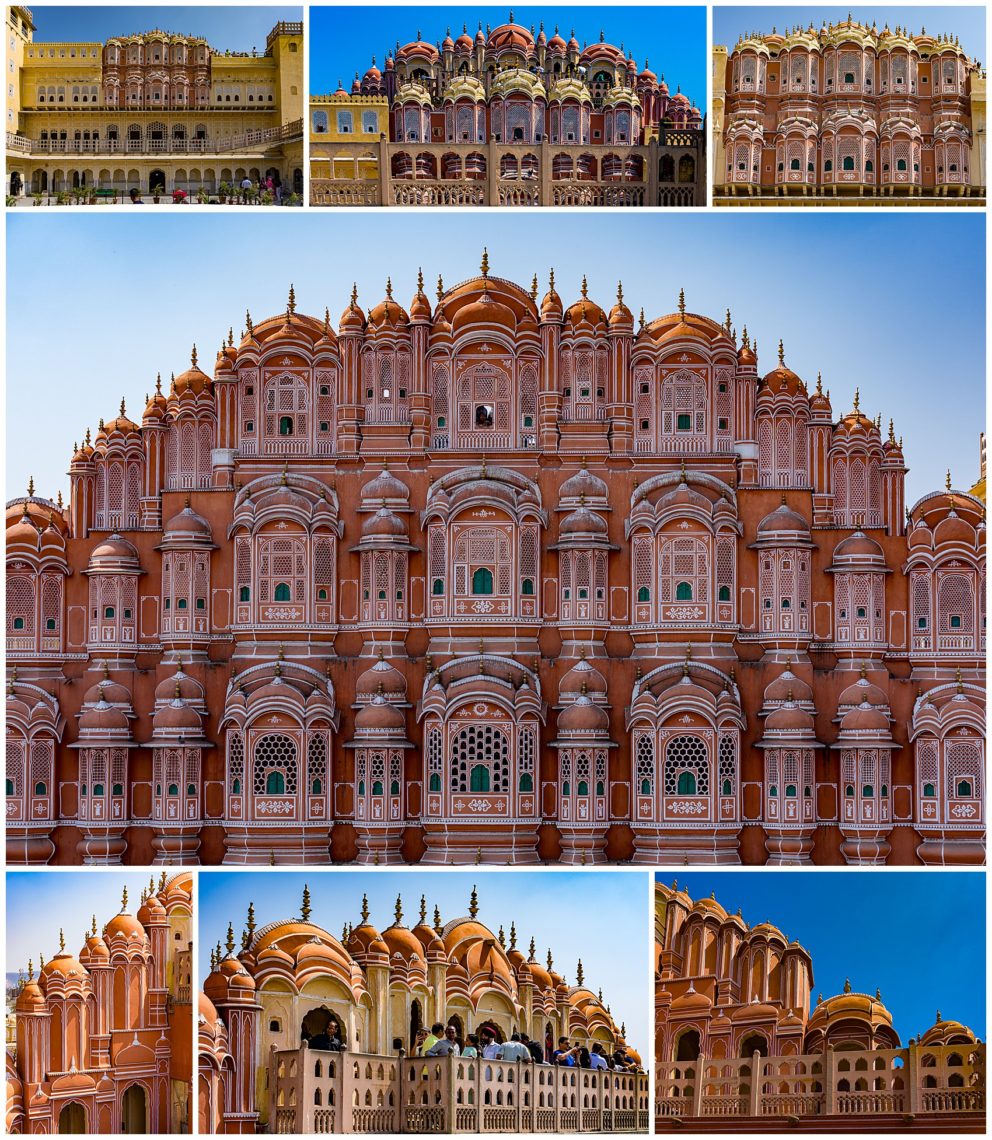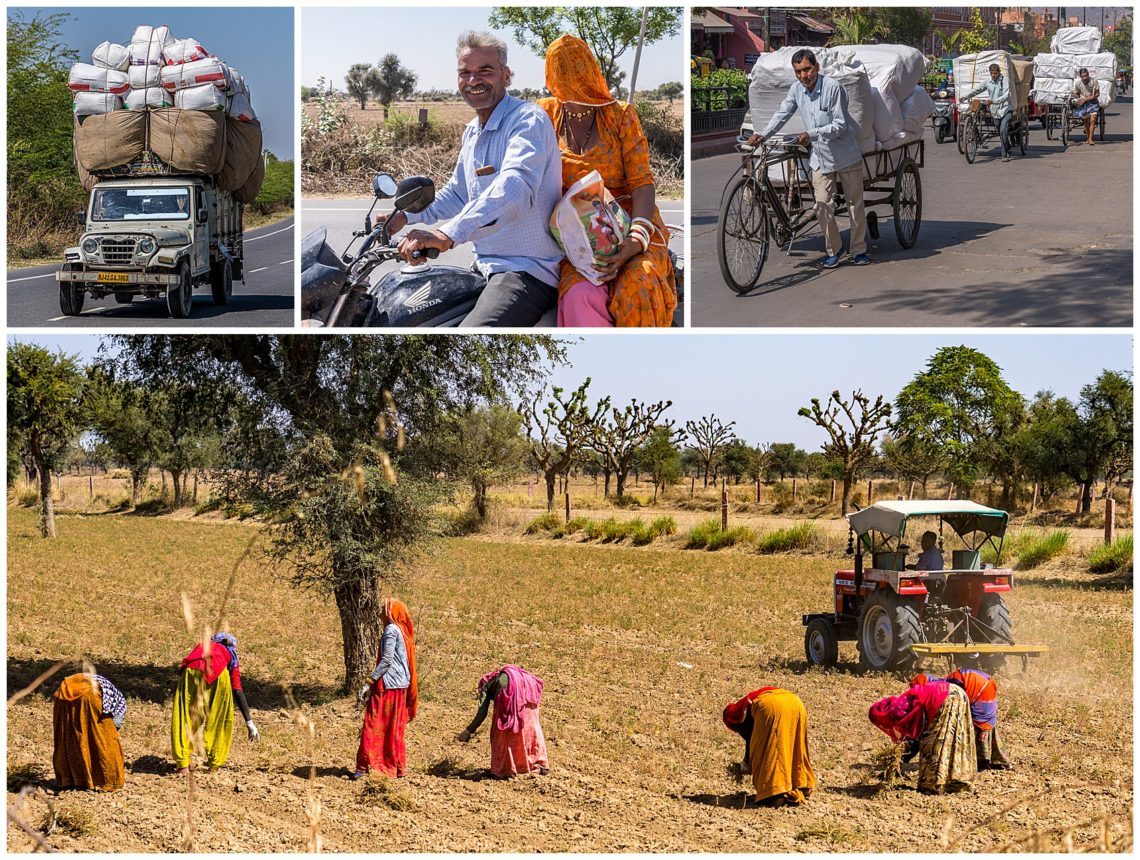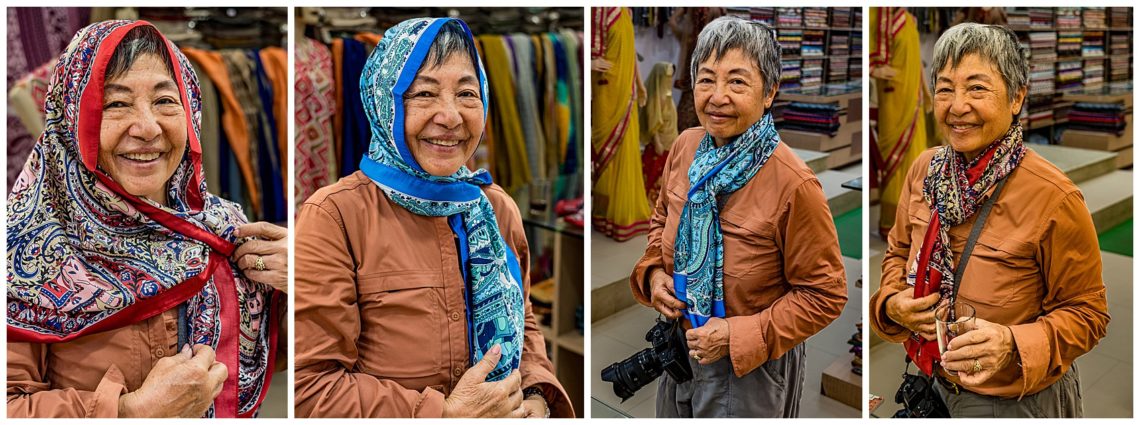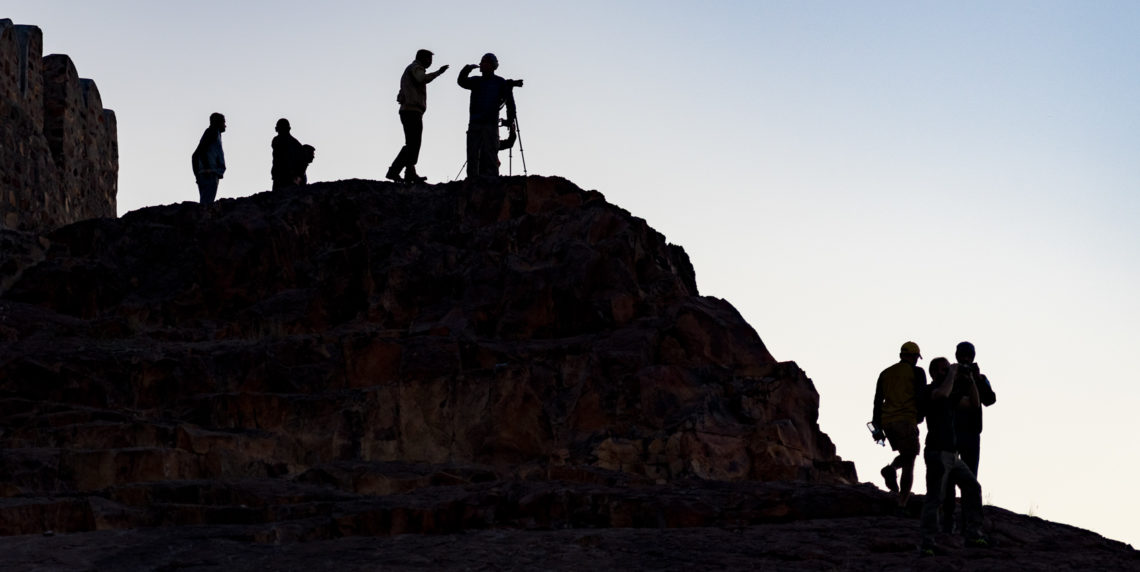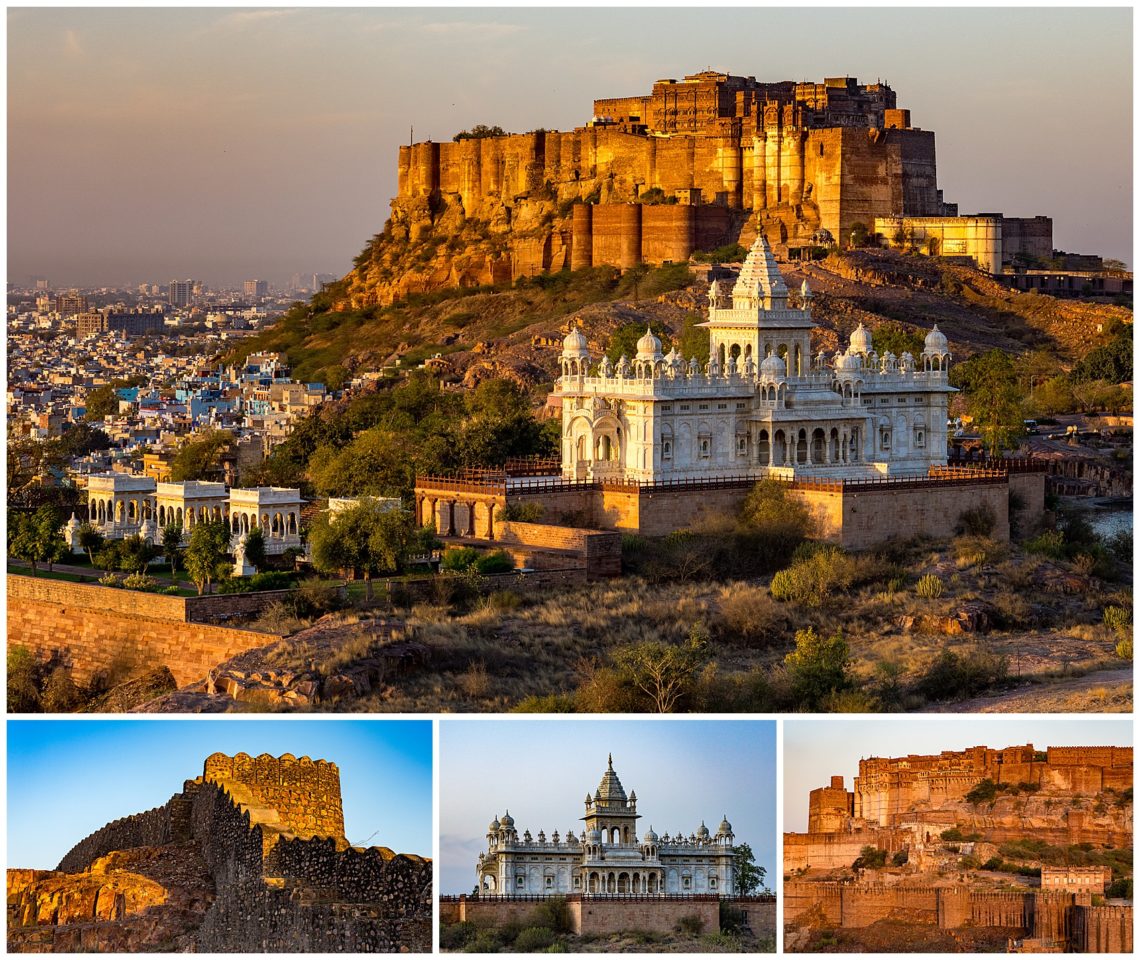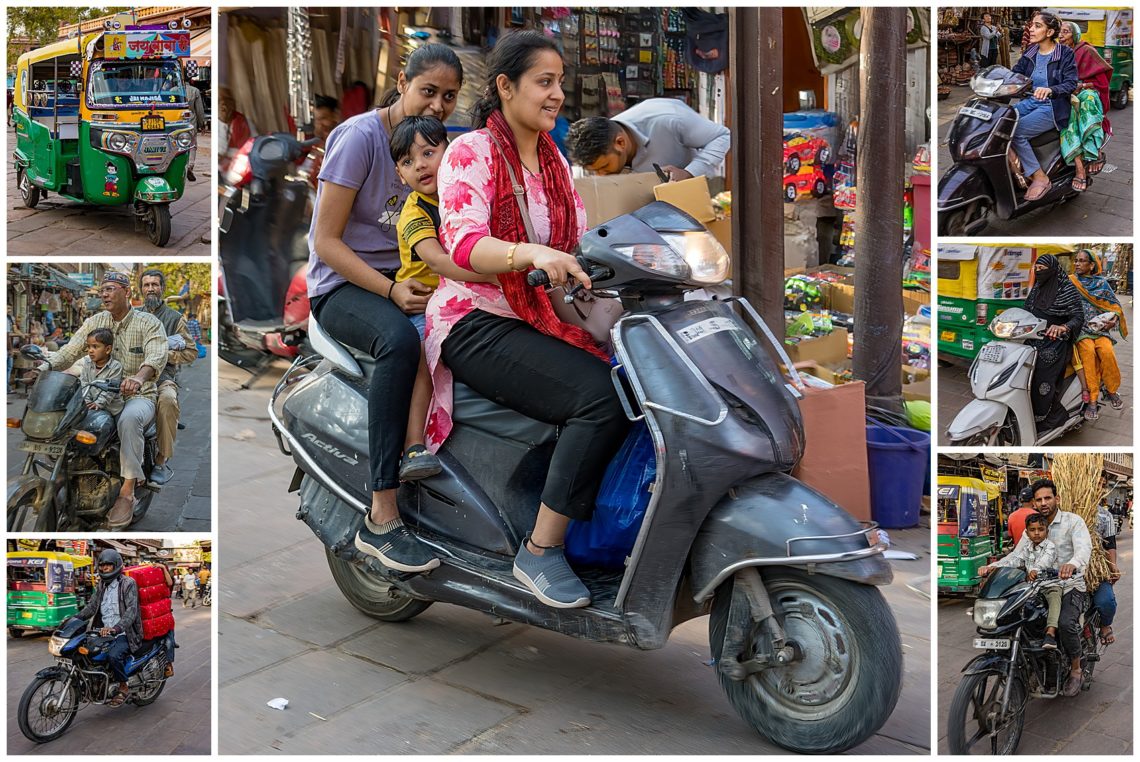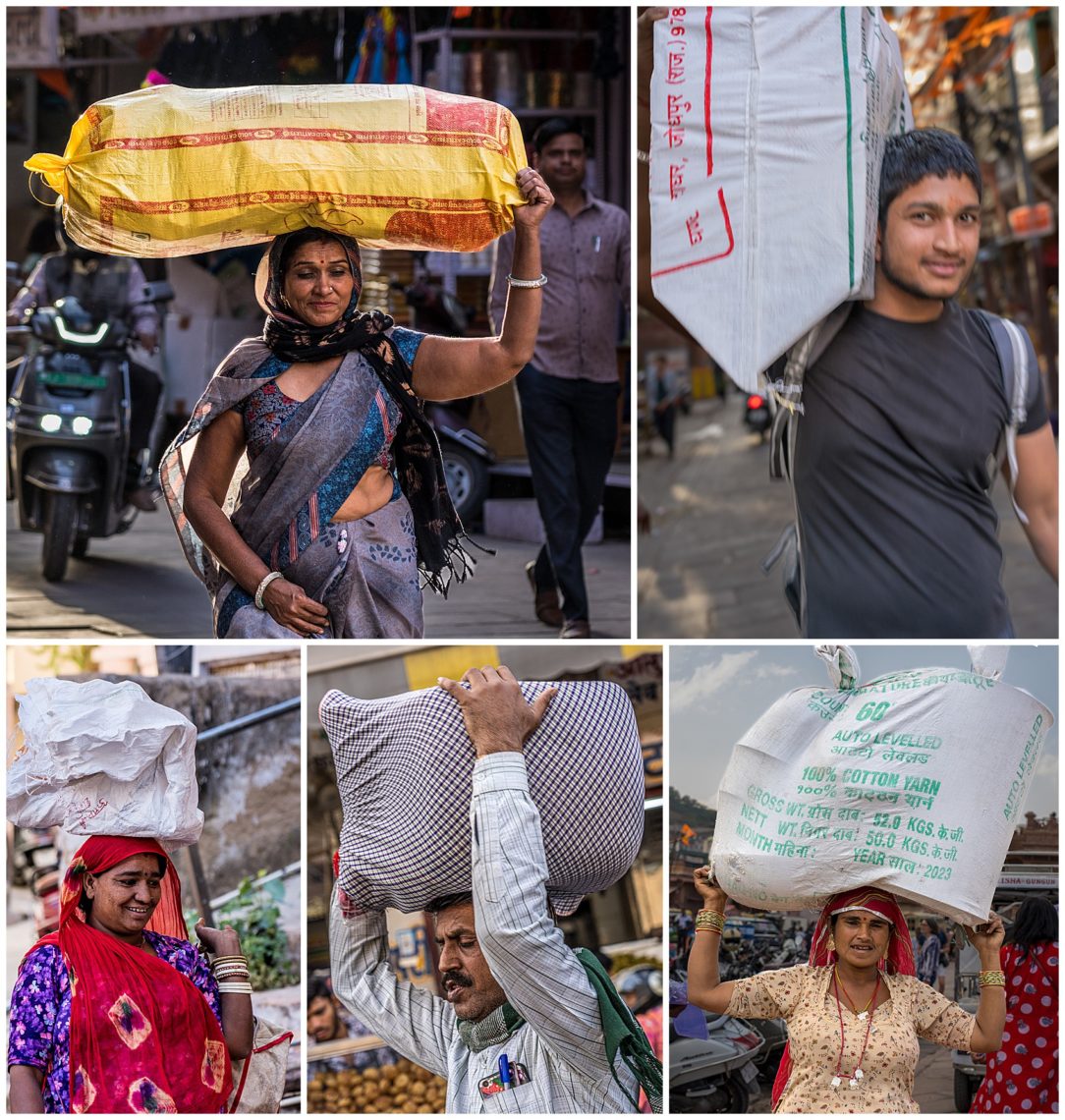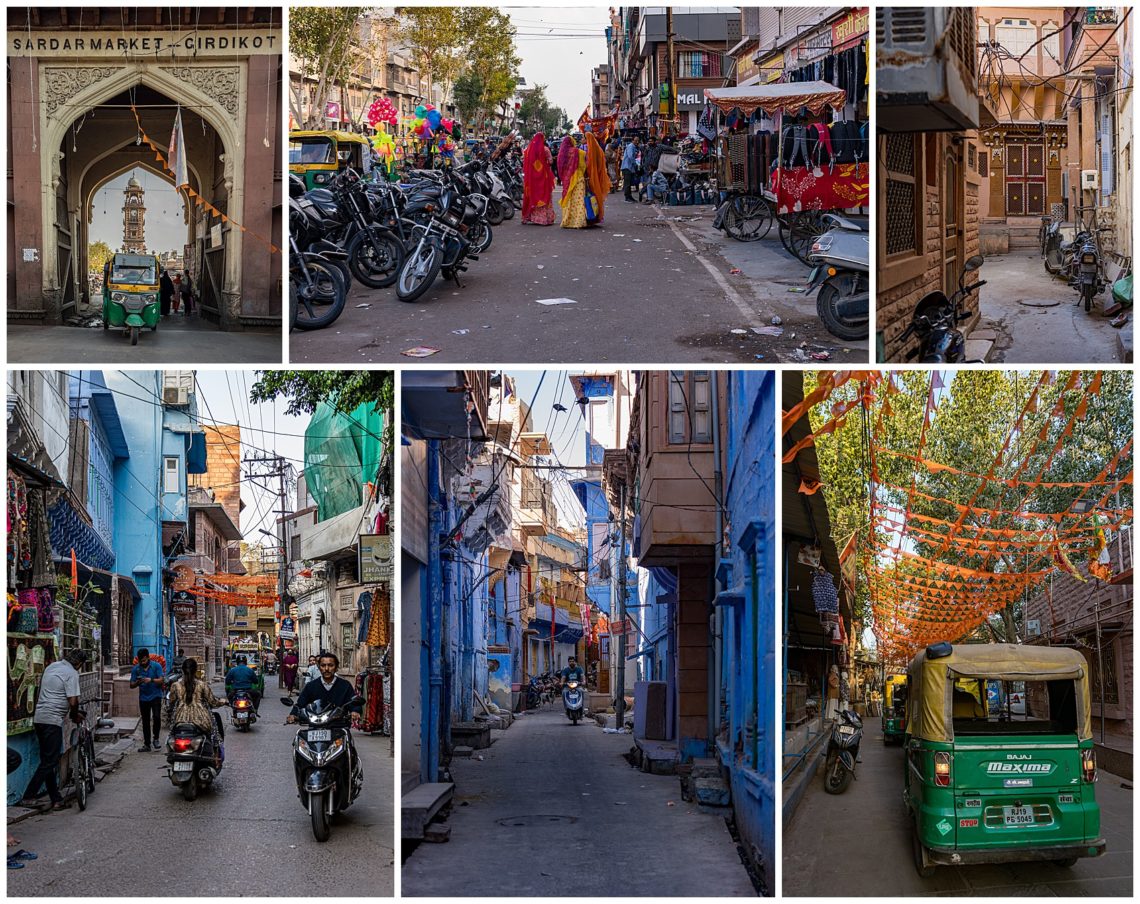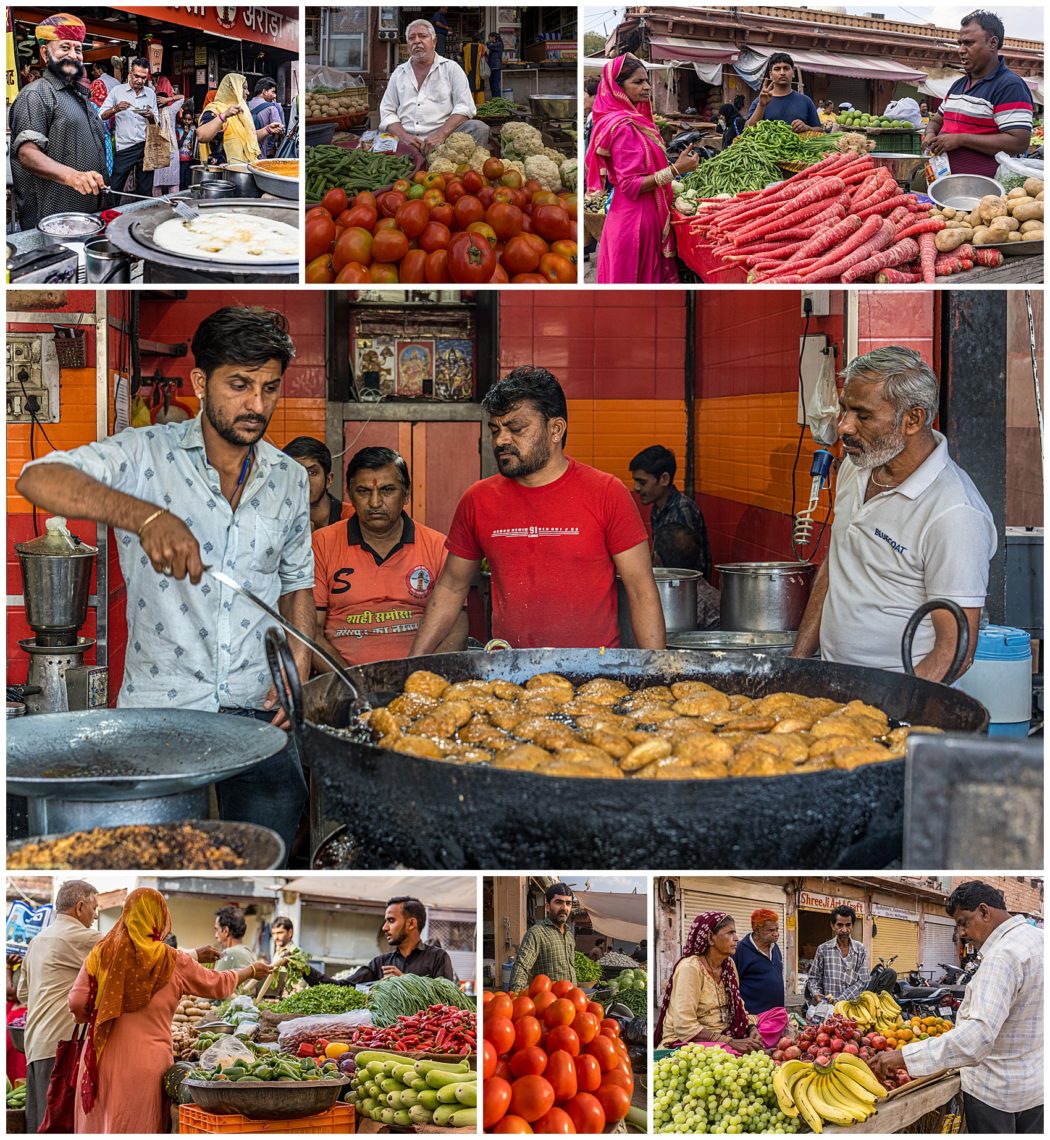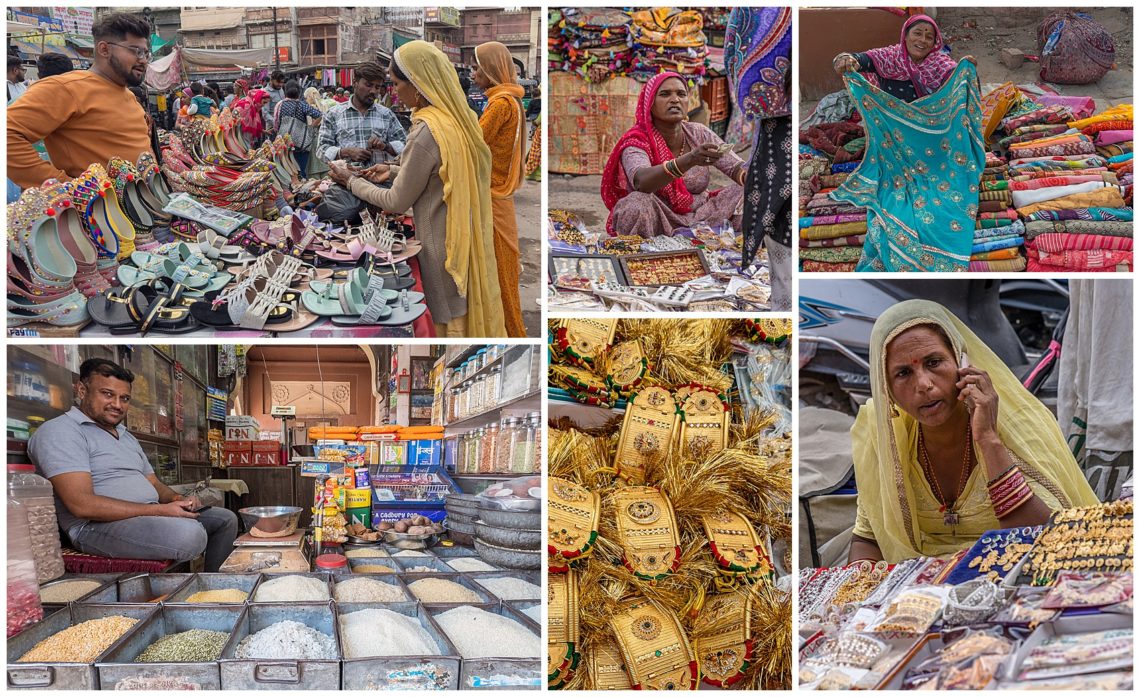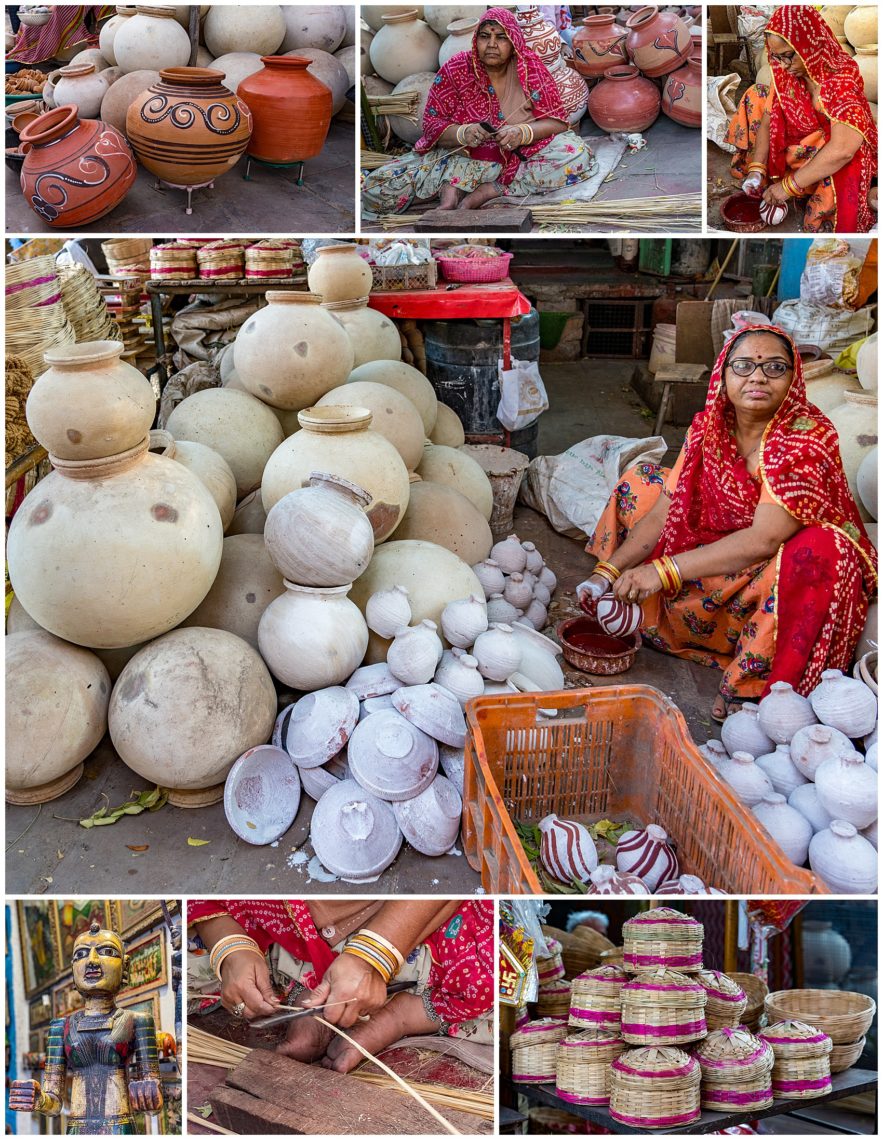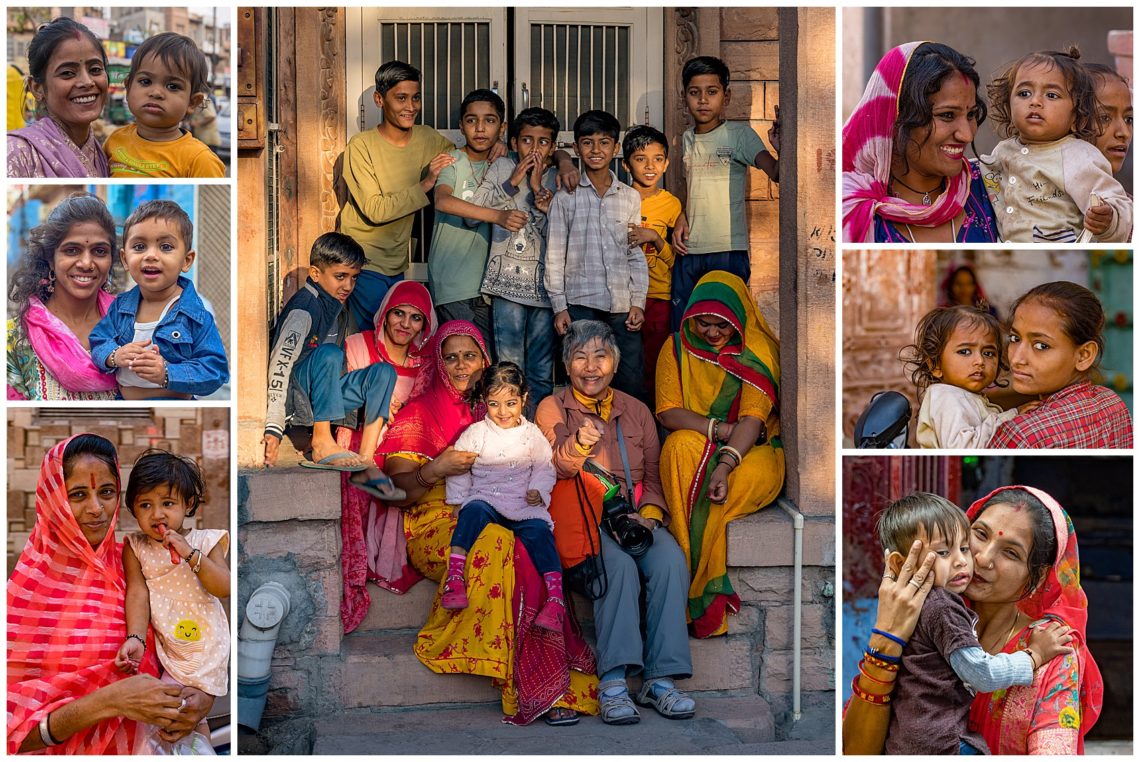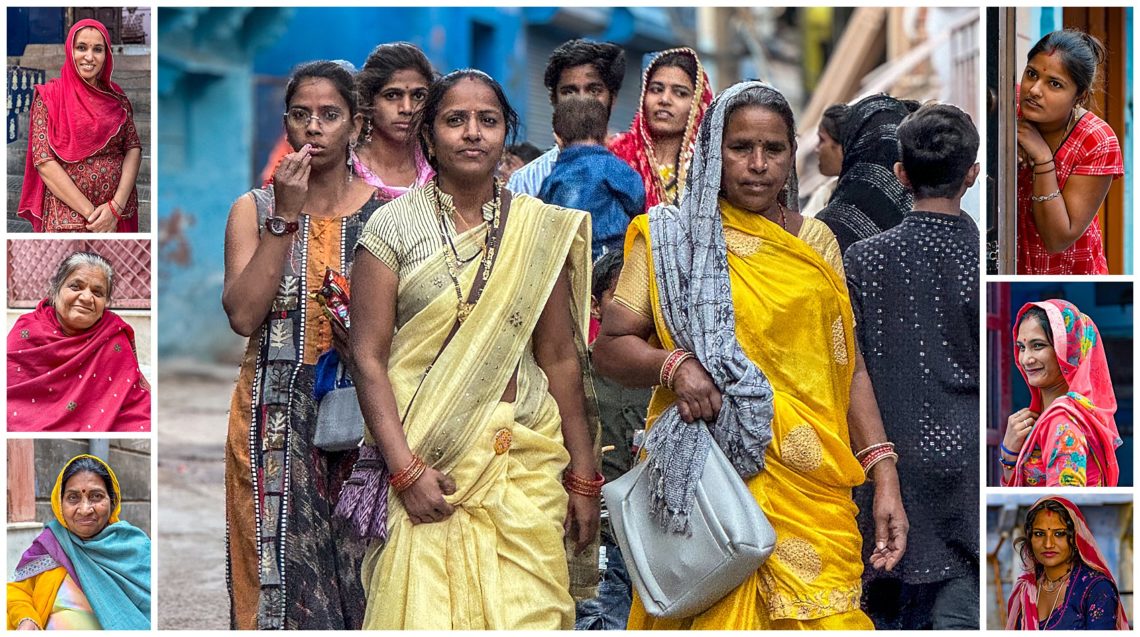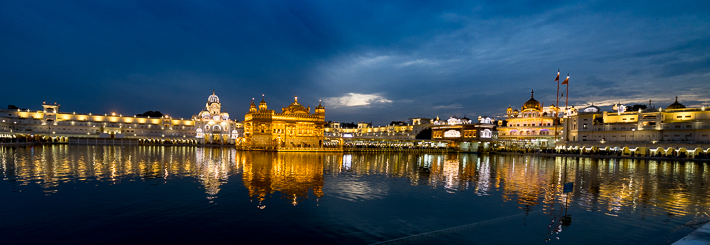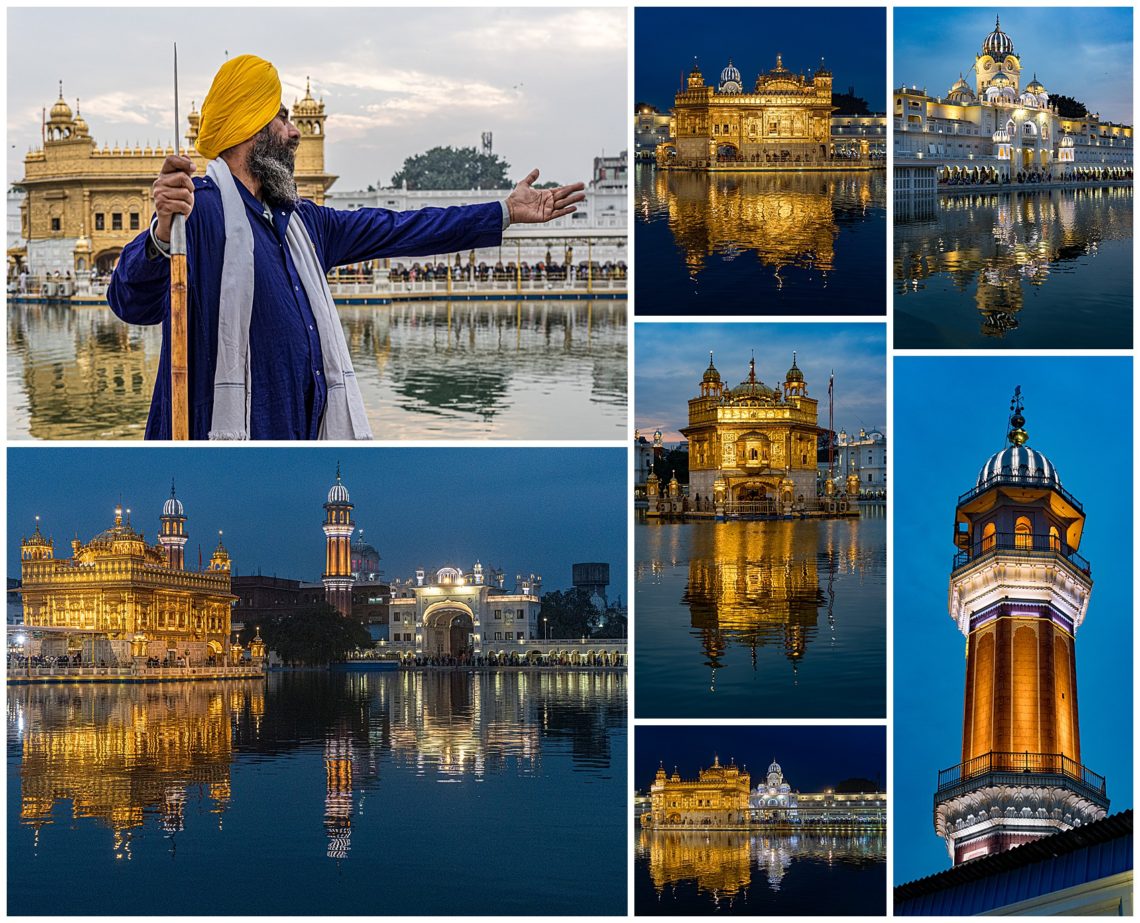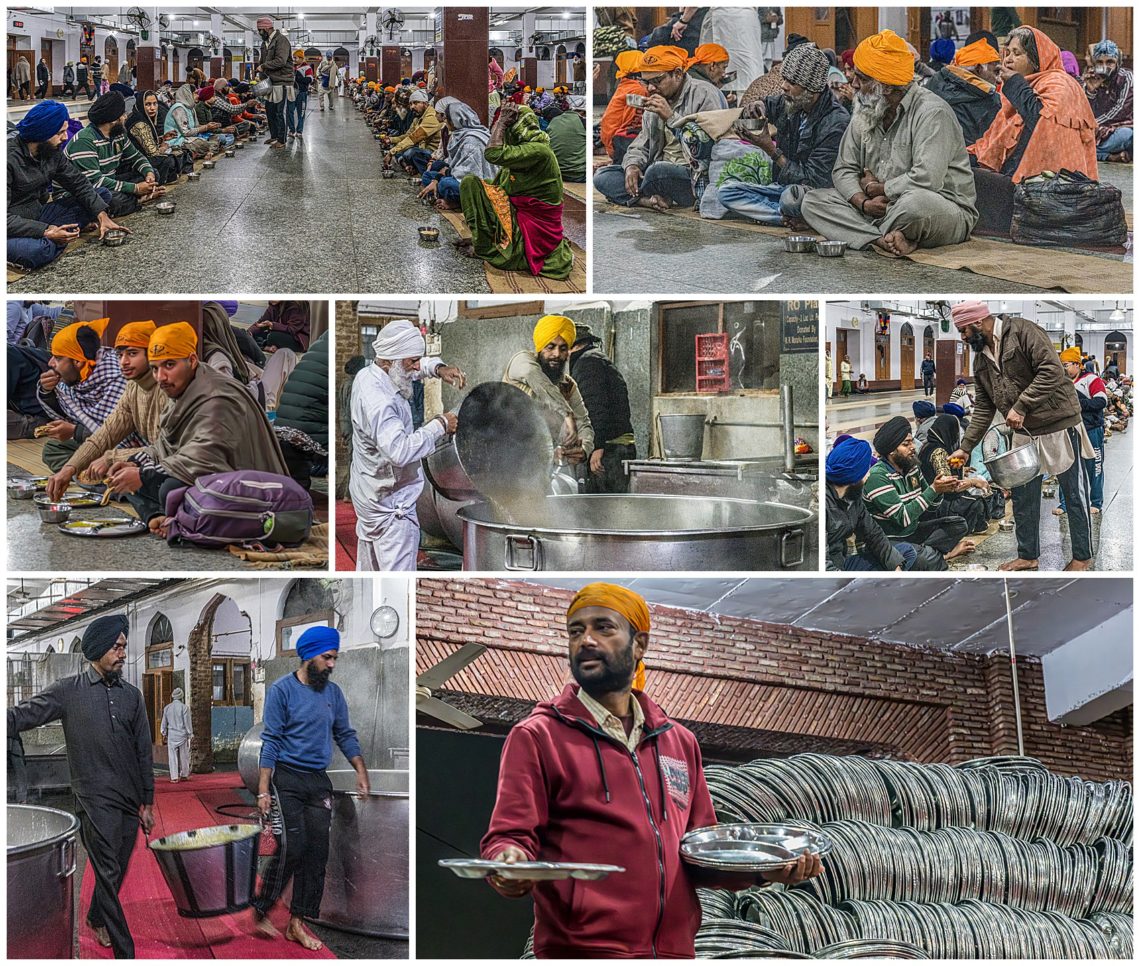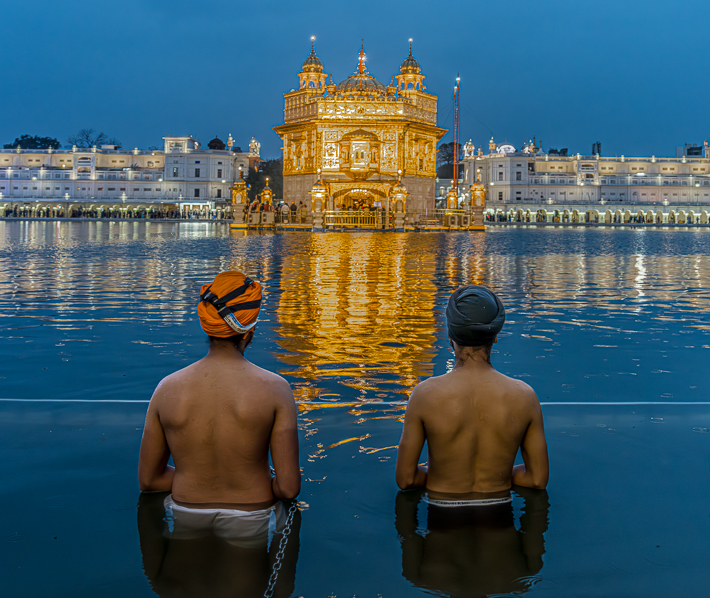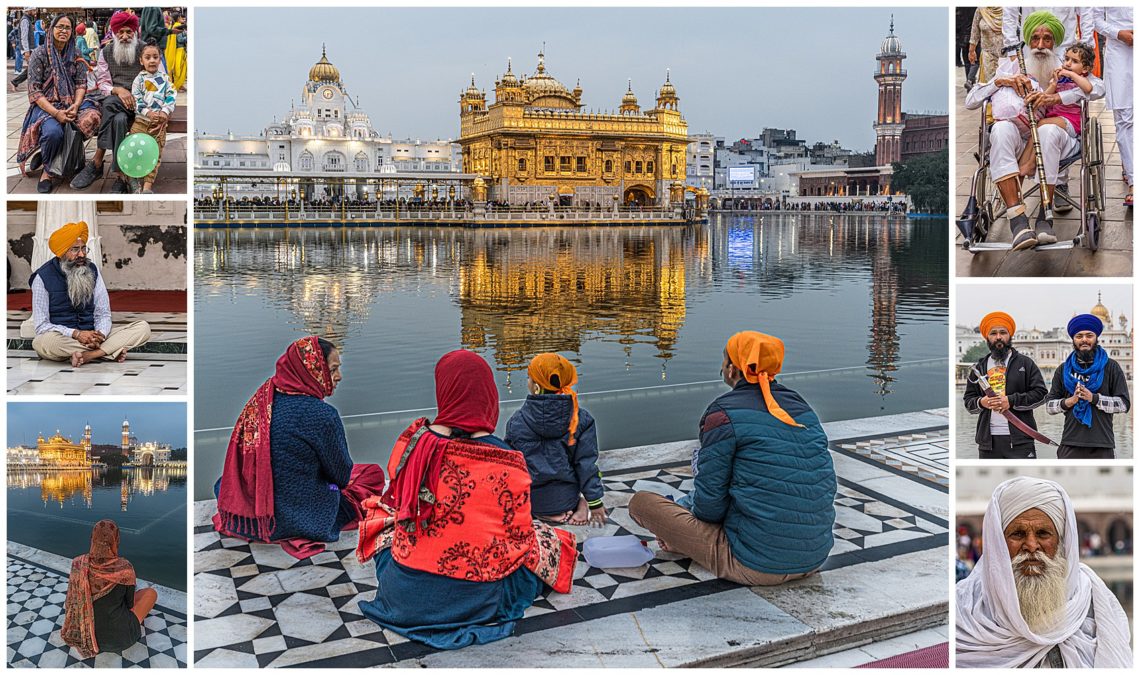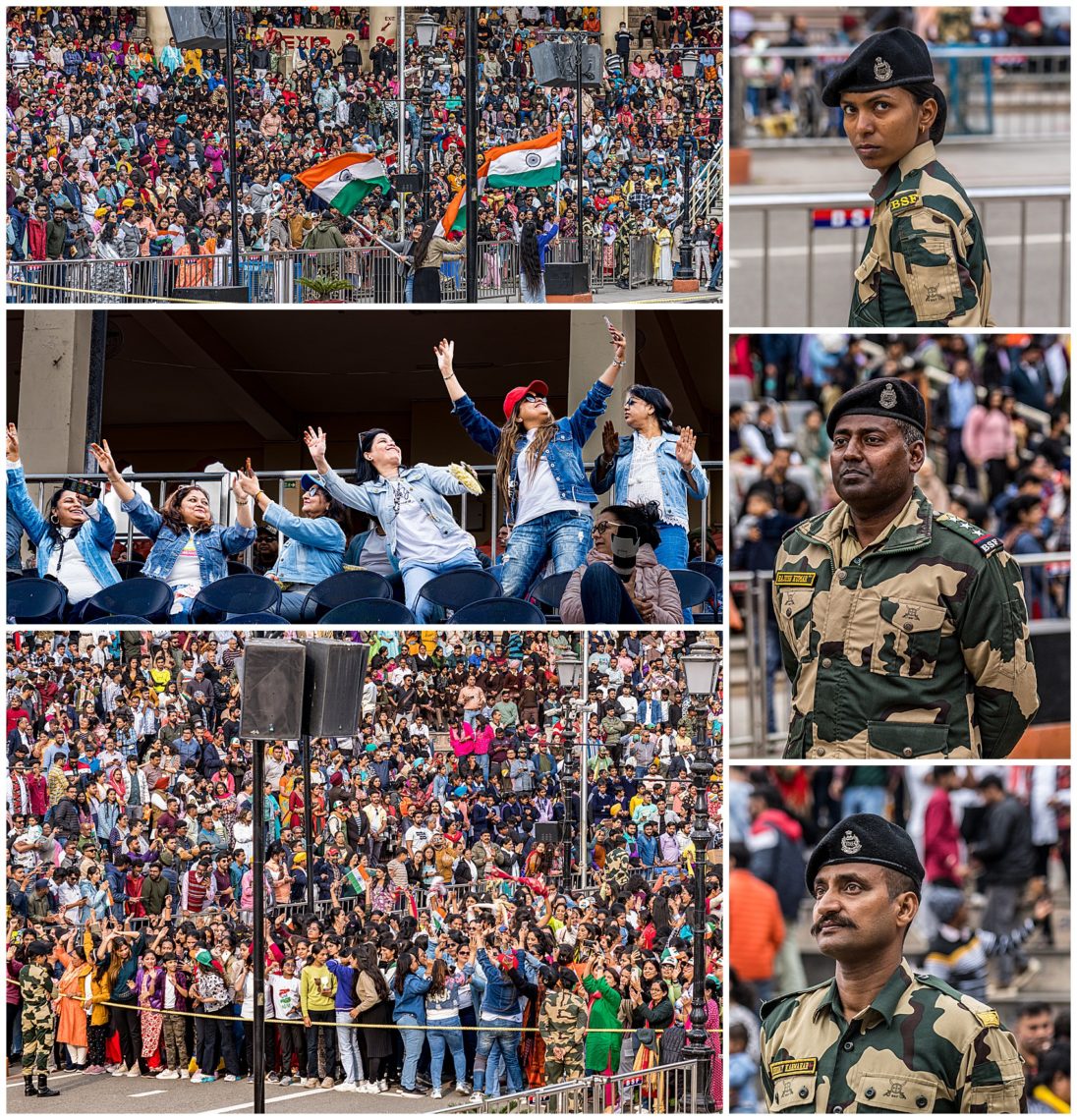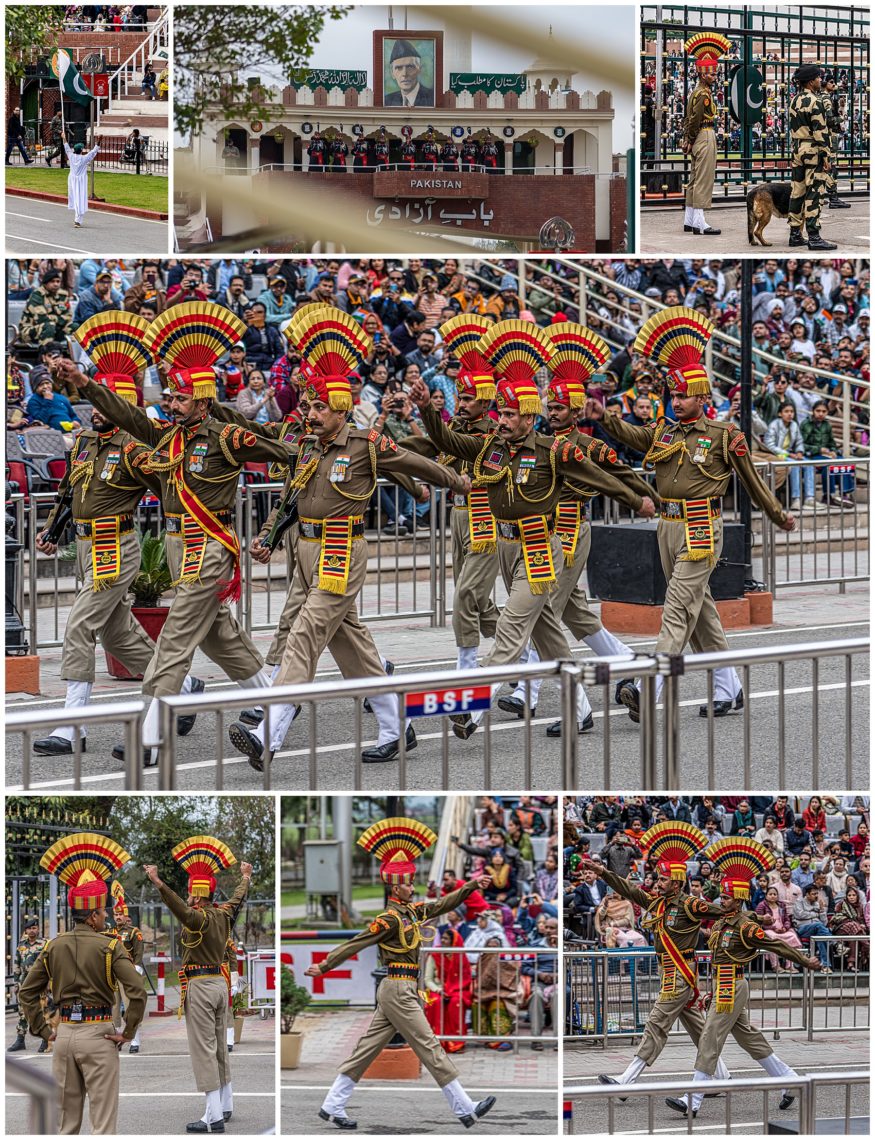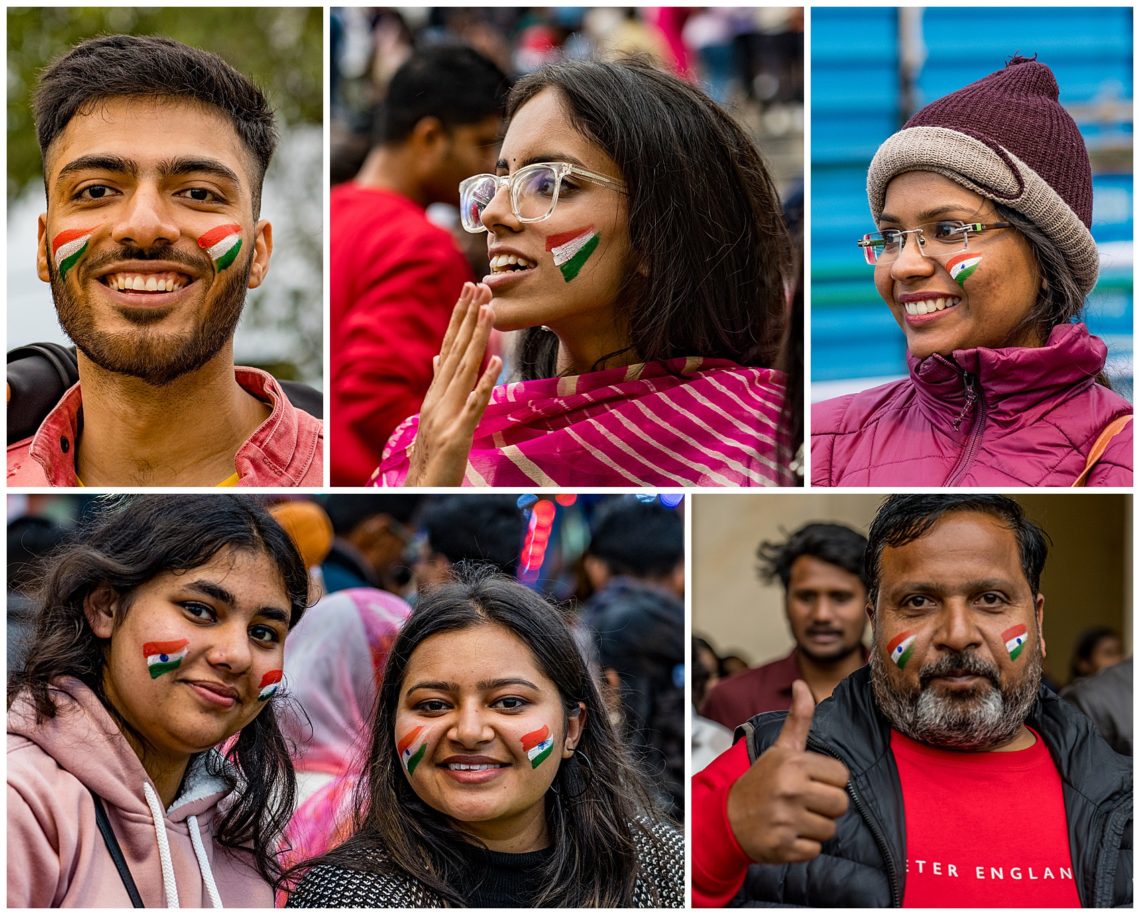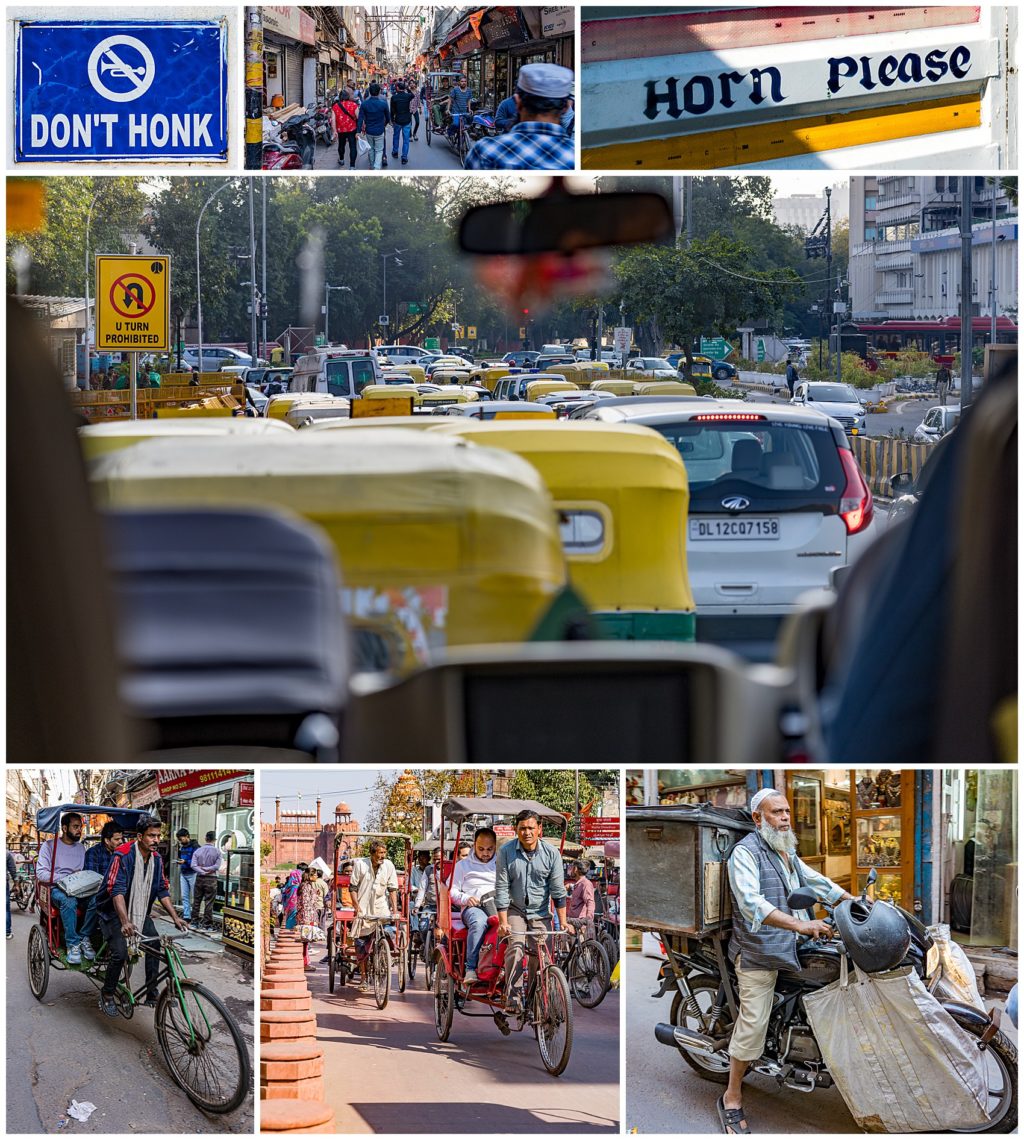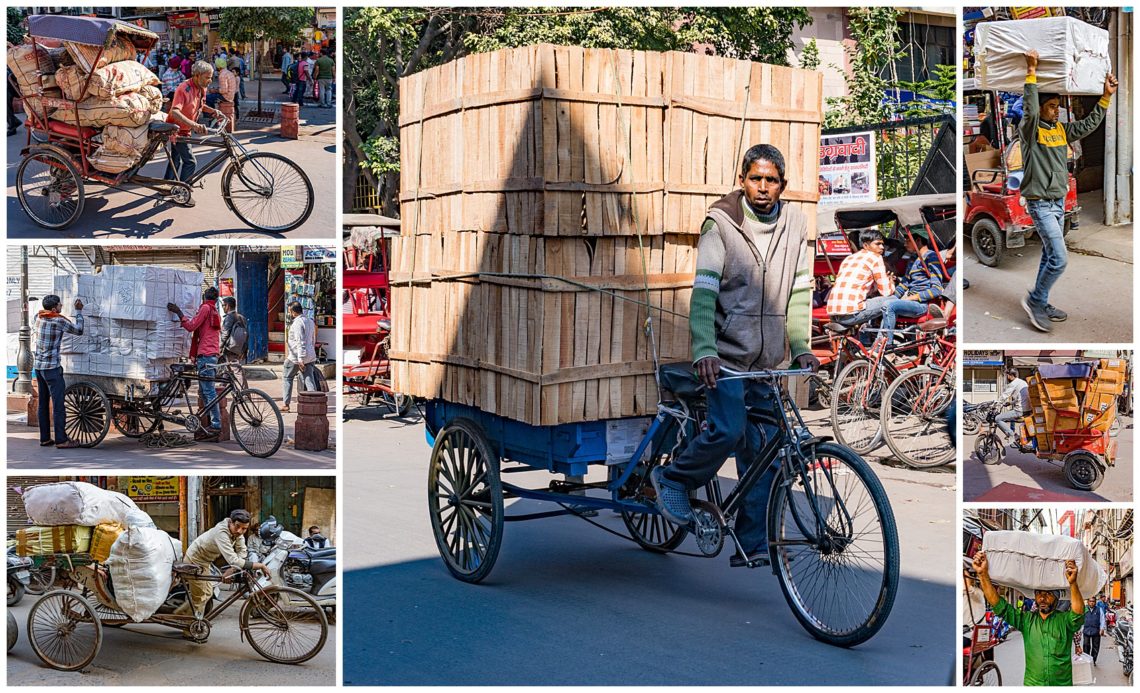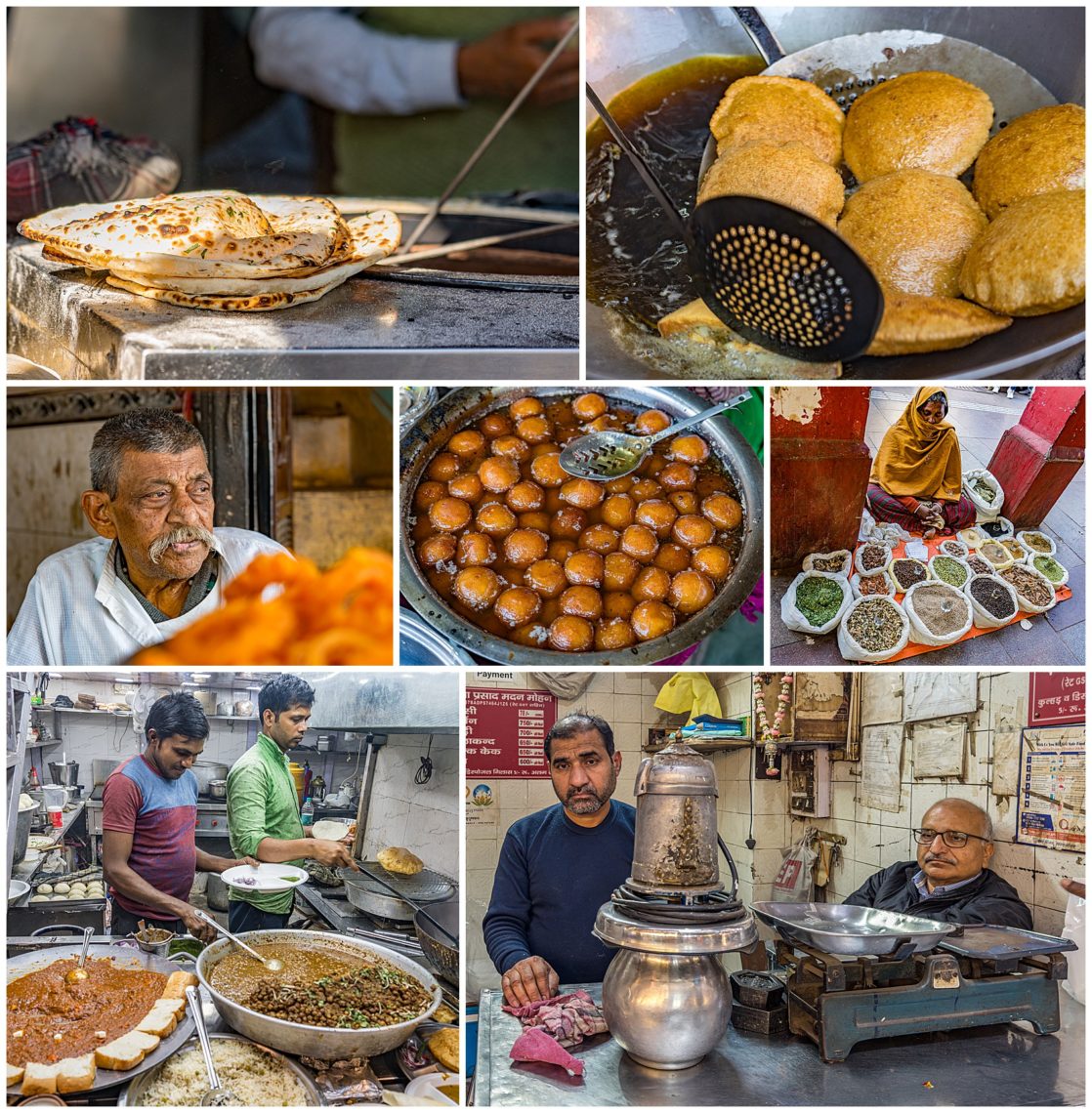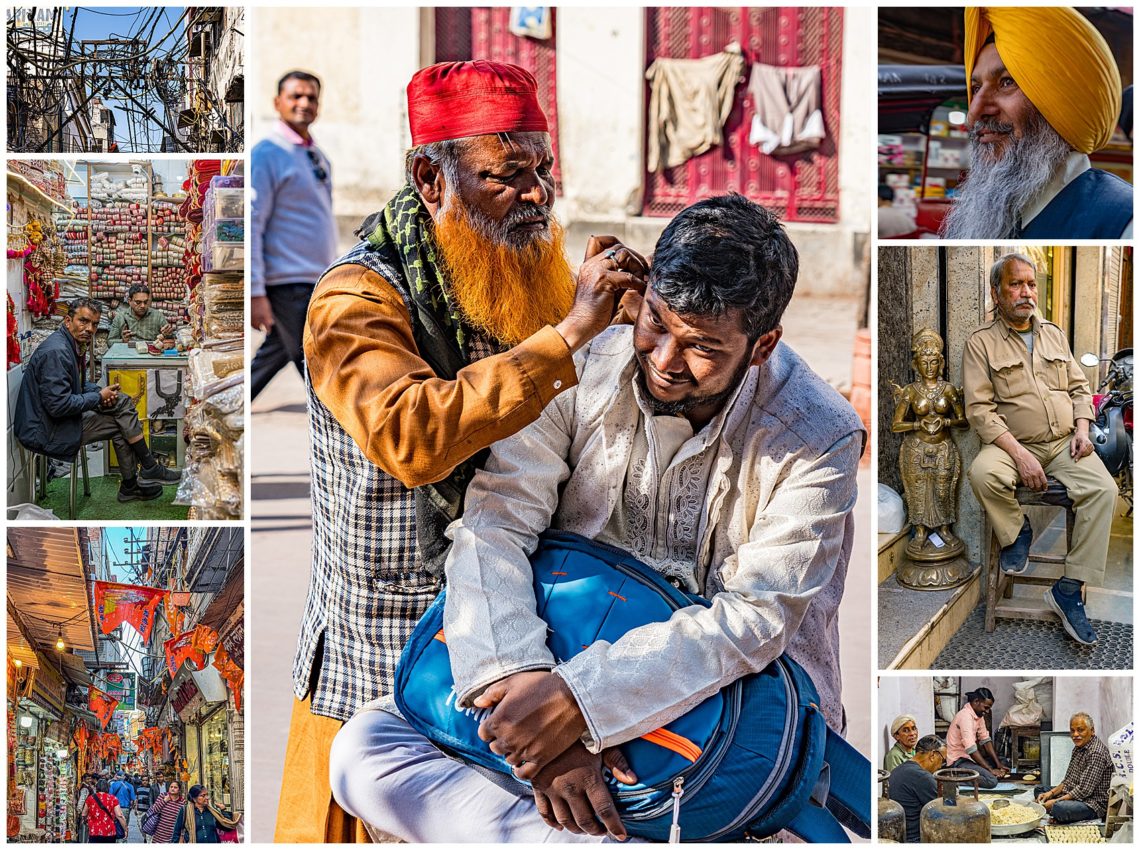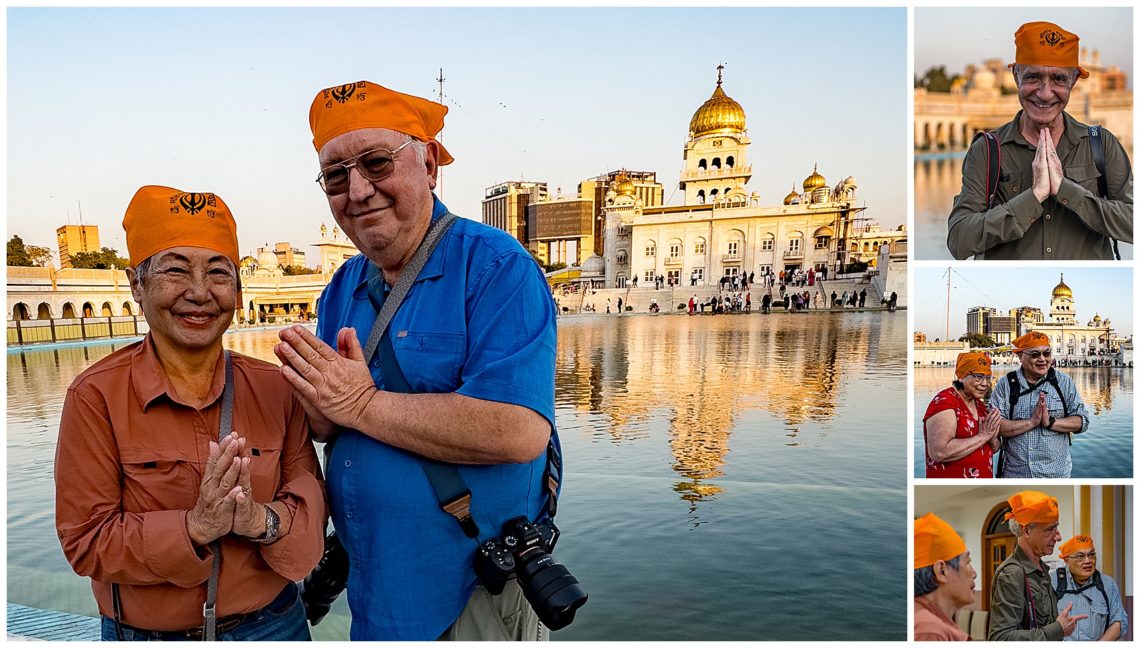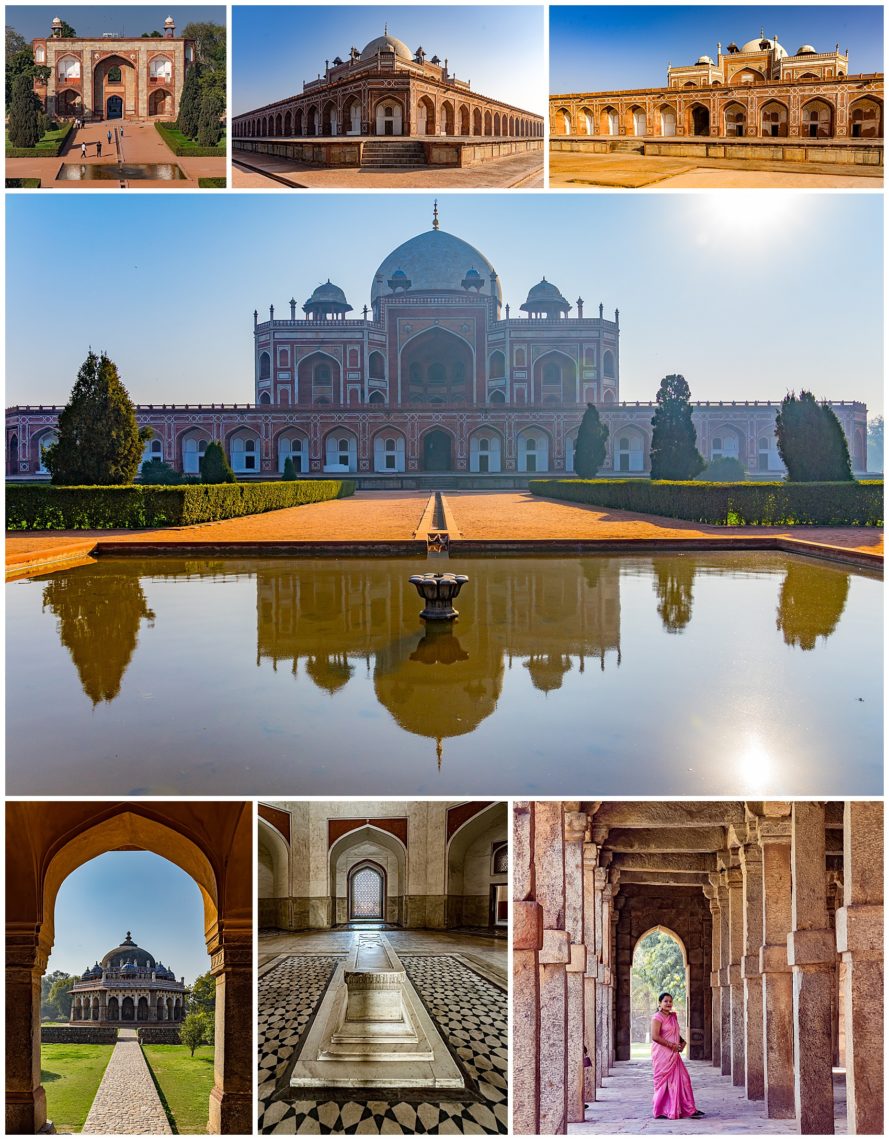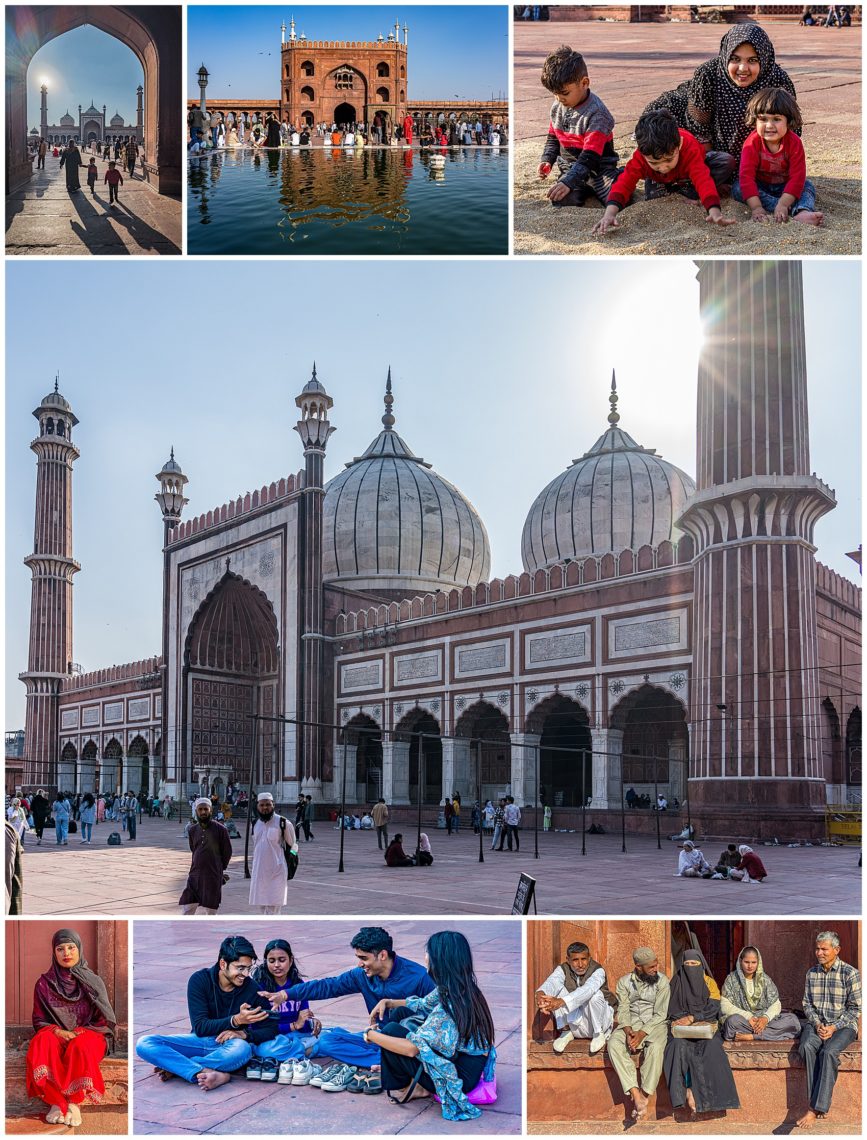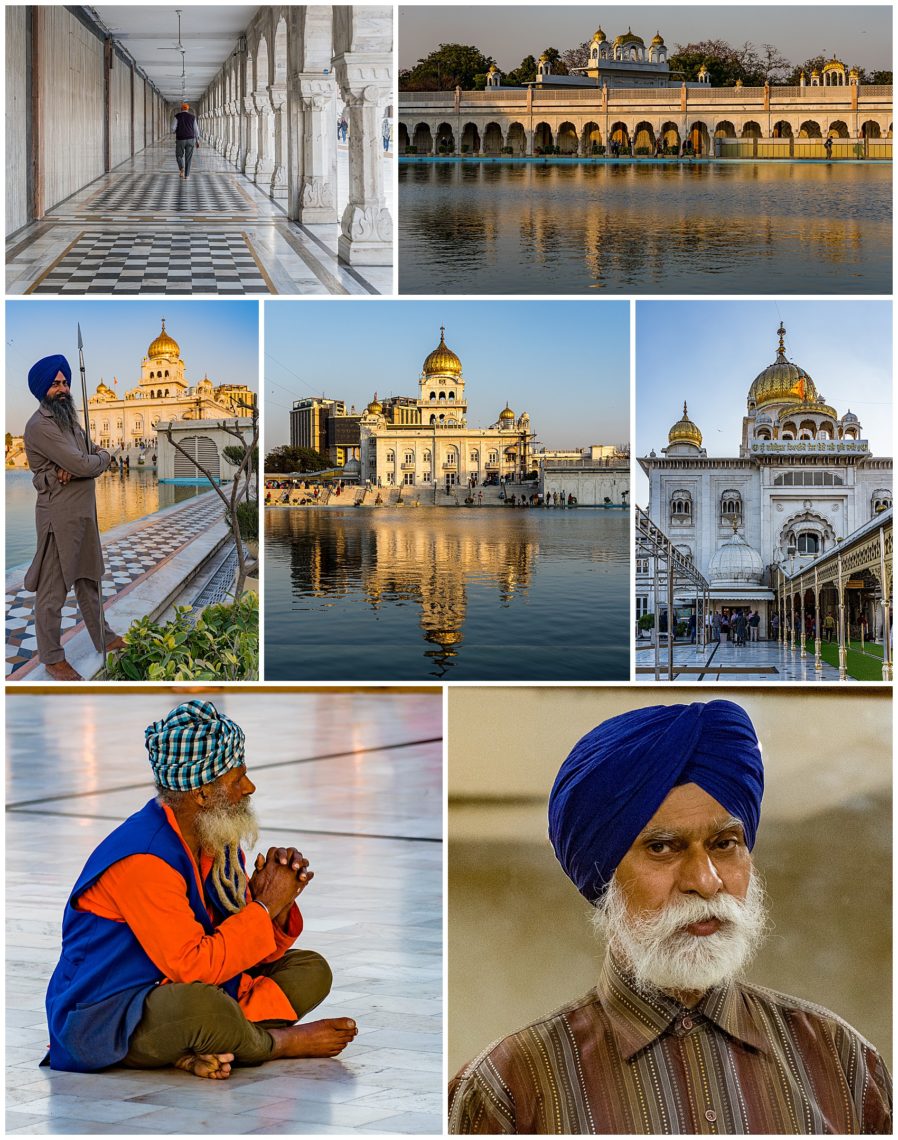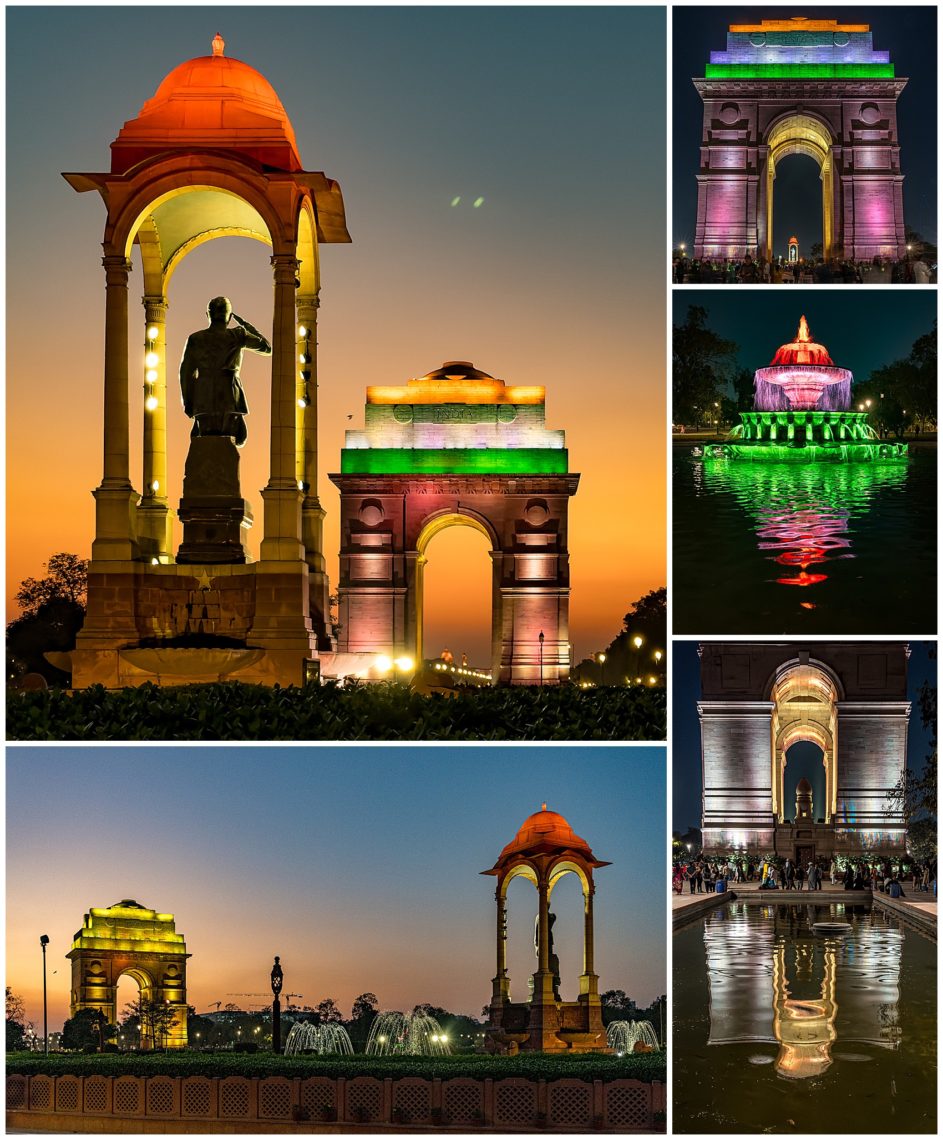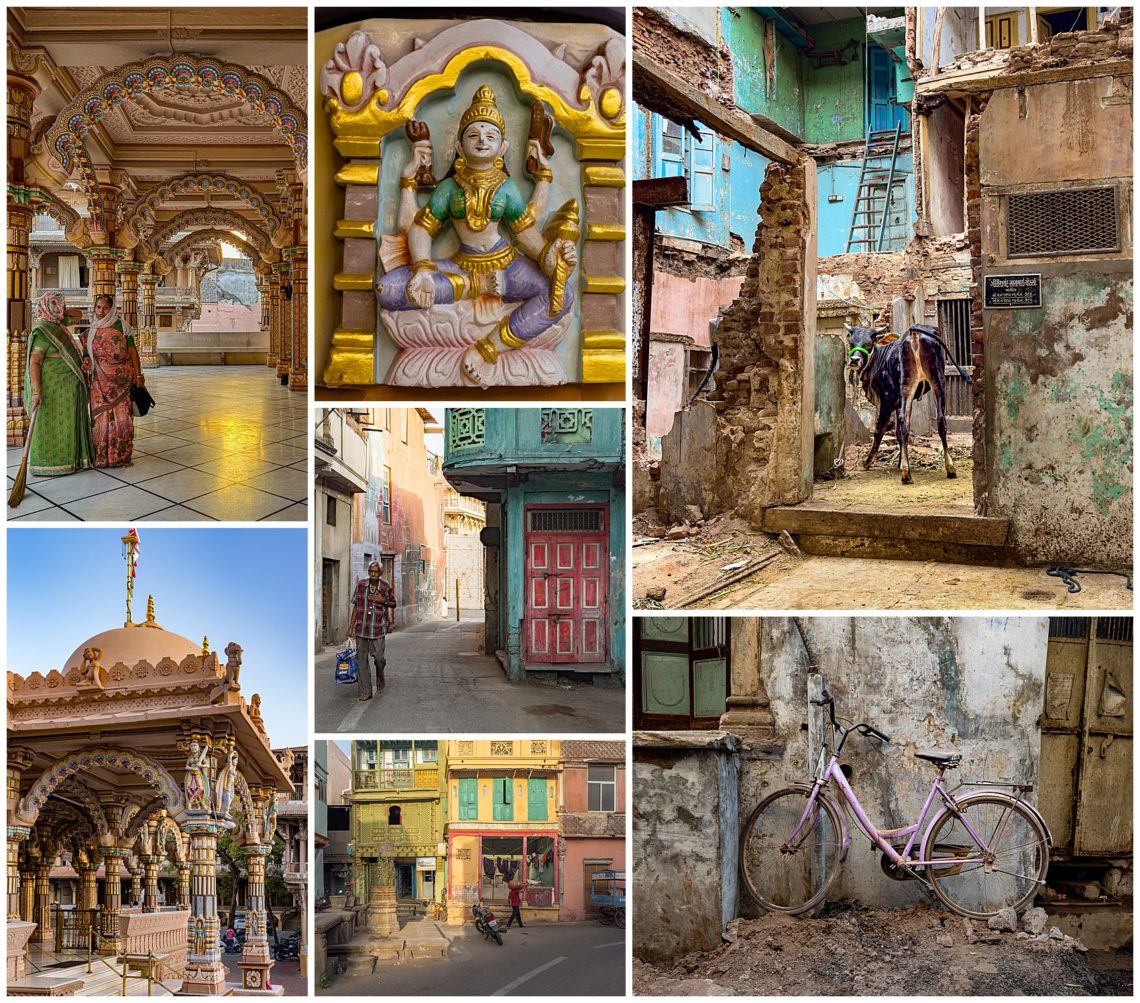
When we heard the destination Gujarat, we were at a loss as to the significance of this region nor where it is located within India. We learned that it is bounded by the Arabian Sea, Pakistan and located just north of Mumbai. It turns out that this is where Mahatna Ghandi, The Father of the Nation, was from. Located on the west coast of India, the state of Gujarat has the longest coastline (990 miles), renown for their beaches, temple towns, historic capitals, textiles and the home to the last remaining Asiatic Lions. It is the 5th largest state and one of the industrial hubs of India with a population of 72.6 million.
Ahmebadad, the former capital of Gujarat, is broken into the New City and the Old Walled Historic City, which is a World Heritage UNESCO Center. Parts of the old city felt as it must have been 100s of years ago, as the people in the villages were authentic, and the historic temples well preserved. It was a photographer’s dream to capture images of daily living, color and historic architecture. Unaffected by tourism, commercialism, the people in both the rural and urban areas live their daily lives, unaccustomed to seeing western tourists nor commercialism. We took a Heritage Walking tour of the walled city, and found a cow (top right) tied inside one of the buildings and told that in this city, cows by law cannot roam freely. Cattle are considered sacred in India and cannot be slaughtered. Once a cow determines where it wants to hang out, the owner of the structure is required to tie it up and care for it for life.
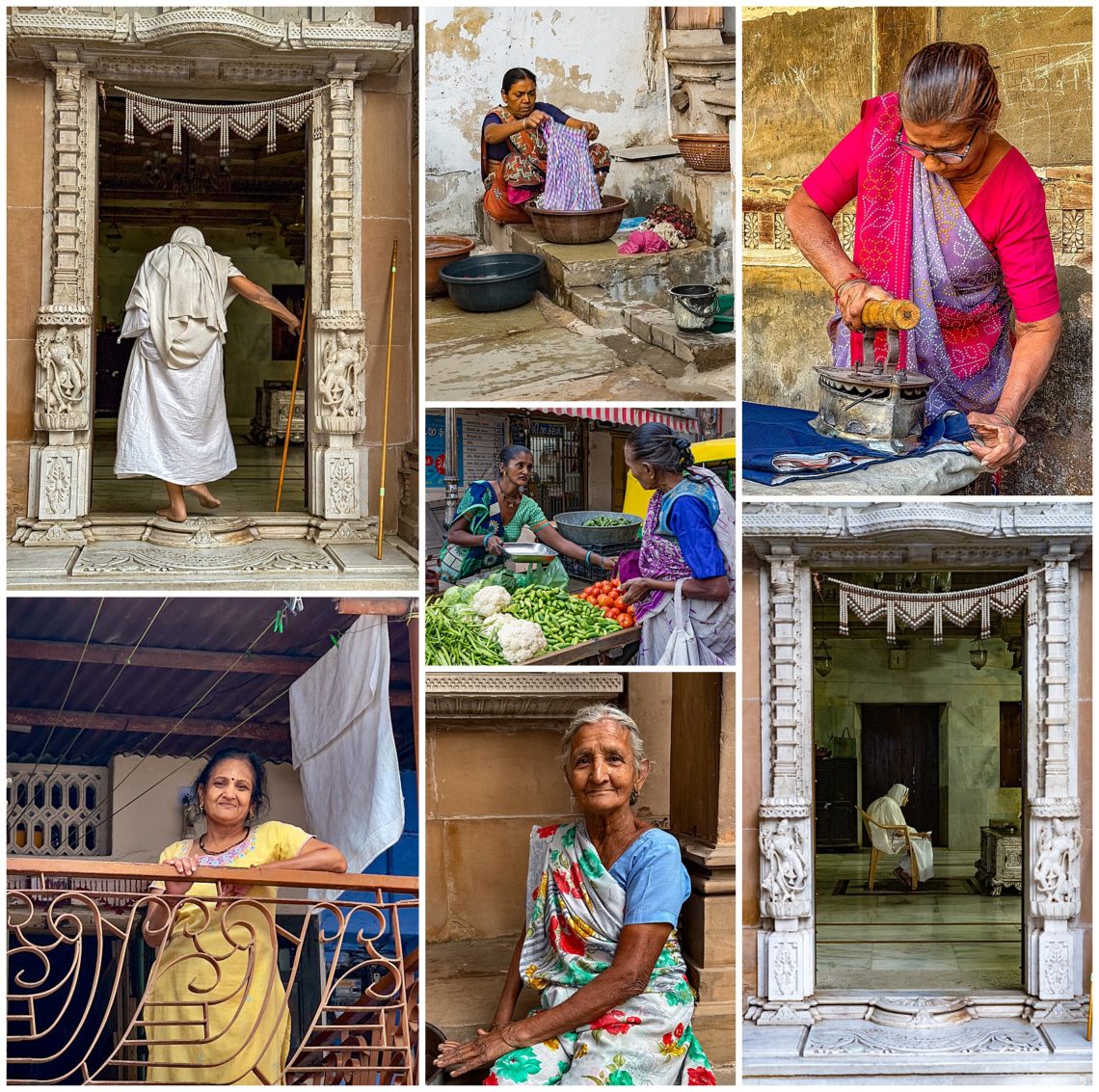
Ahmebadad, the former capital of Gujarat founded in the 15th Century, is the largest city in Gujarat with a population of 7 million people. 83% of the people are Hindu, 14% Muslim. People still wash clothes by hand, and we saw a woman ironing clothes using heated charcoal (Top right).
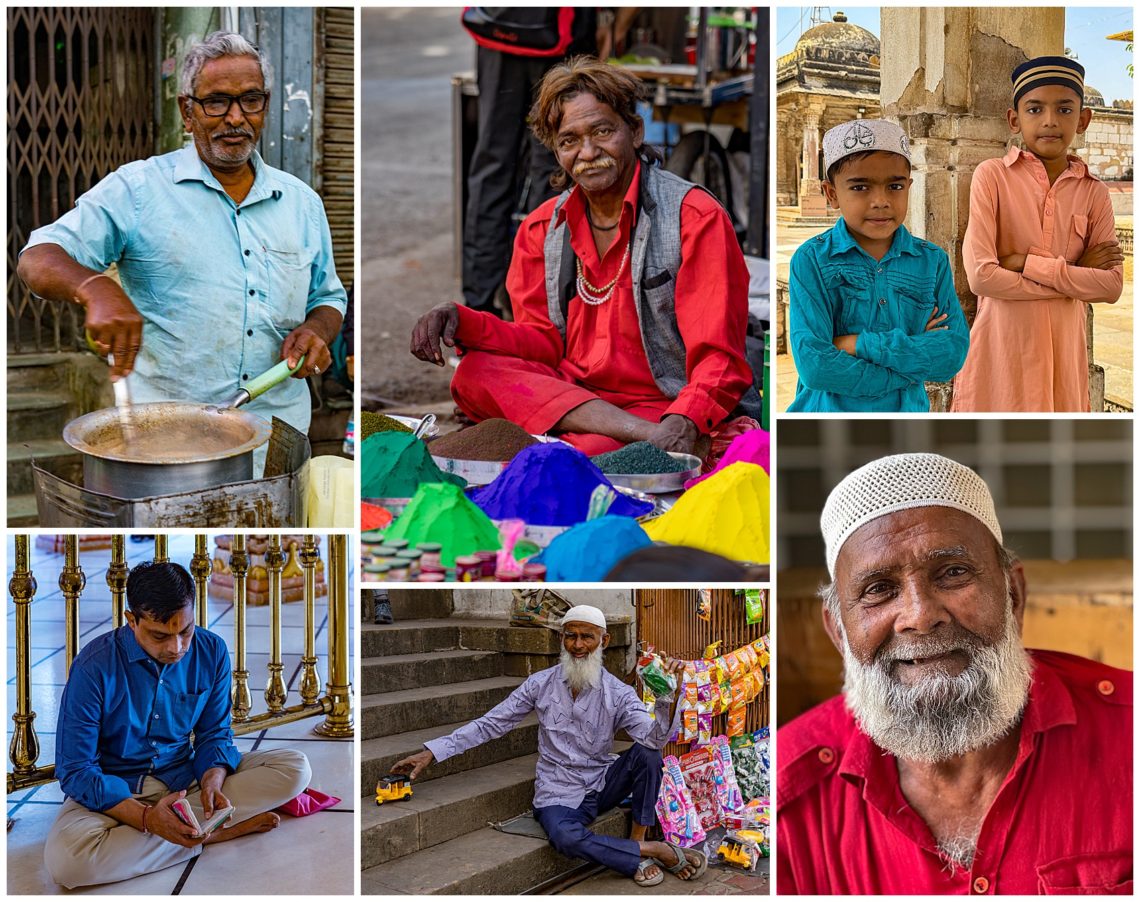
Several of the villages were also celebrating the Festival of Colors and we saw one vendor who had many paint colors available for sale. (Top middle). We specifically avoided areas where the locals were playing Holi this time, since we had not brought protection for our camera gear.

At one of the mosques, we saw a mother with a young baby. The mother applied Henna art (temporary tattoos) as part of the 1-month celebration for continued good health and prosperity to her marriage, plus peace to her house.
The iconic Atal Pedestrian Bridge is an abstract jewel inspired by kites and opened in 2022. When the lights are turned on, crowds of people join to watch the sunset.
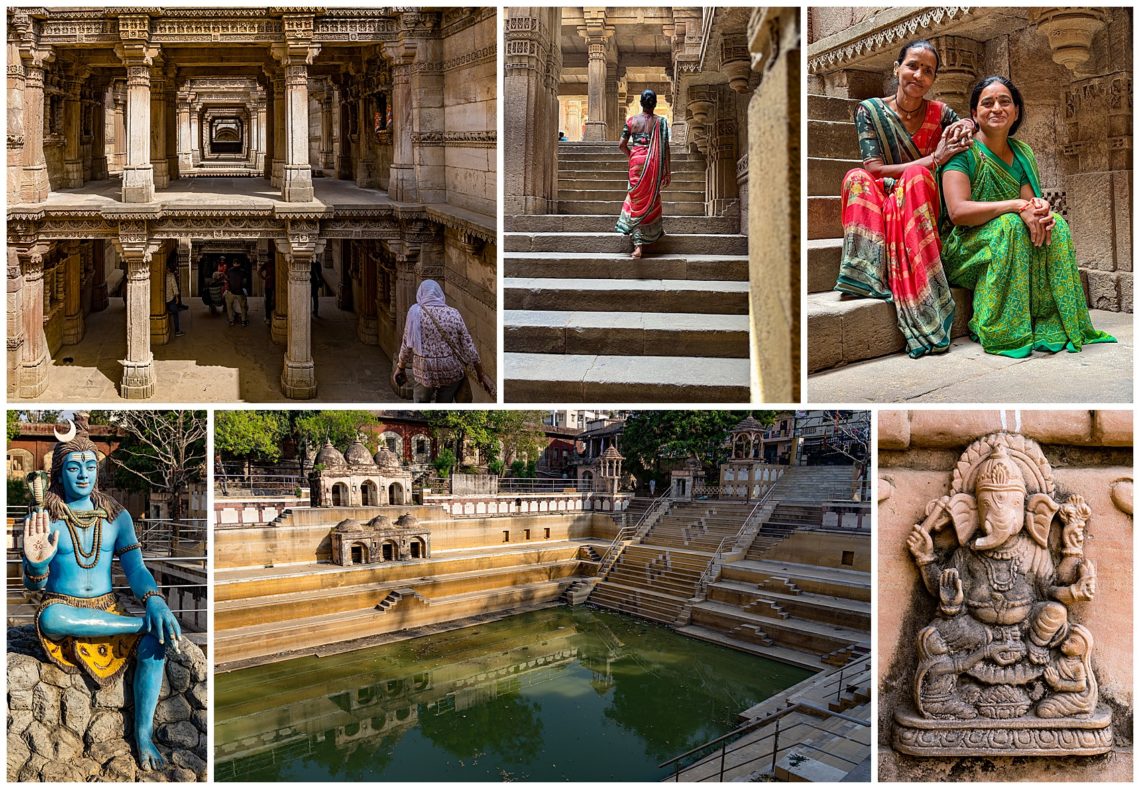
We had never head of stepwells before coming on this trip and have come to appreciate the social, cultural and religious significance of these structures. We learned that there are more than 120 stepwells in ancient Gujarat alone, though most have been shut down. Stepwells were designed to ensure water availability during periods of drought. The architectural structures became monuments and we were introduced to several of the largest and most beautiful structures in Gujarat, The Sun Temple, Rani Ki Nav and Adalj Vav.

Adalaj Ni Vav stepwell descends 5 stories deep with 1000s of uneven steps leading down to the water. (Top left). Evelyn struggled to motivate herself to walk up and down all 5 levels, so the woman (top right) grabbed Evelyn’s arm and walked her all the way to the bottom, and others volunteered on the upward climb to the top. The people were proud and wanted us to see every aspect of their culture.

